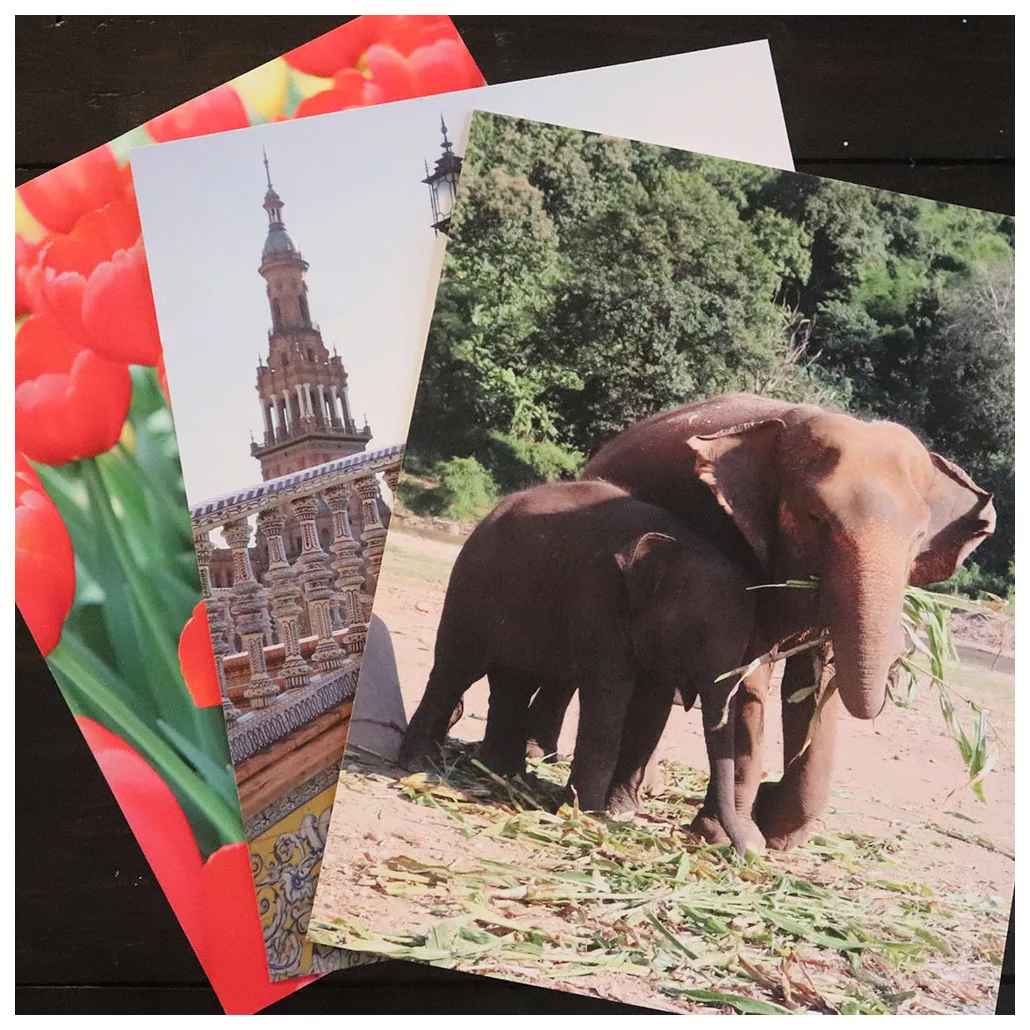Exploring Oslo, Norway’s Fabulous Capital: Things to Do & Travel Guide
Last updated on February 16, 2025
Would any trip to Norway be complete without seeing Oslo? I admit, before going, some people said they didn’t like it much but I was keen on visiting its museums. I’ll explain more in detail, but even though I didn’t like it much the first day myself, I began to really like it after exploring the city more in depth. Here’s what I thought of it:
The History of Oslo
The city as we know it was actually established after the Viking age ended in the 11th century, but was shortly made capital in the late 13th or early 14th century. This was when Akershus Fortress (which you can still visit) was built. It lost its capital status after becoming part of the Kalmar Union. Unions with what are now Sweden and Denmark prevented Oslo from being the capital.
A huge fire destroyed the city in 1624 and after being rebuilt next to the fortress, the “new city” was named Christiania after King Christian IV. The part of the city that burned down was somewhat rebuilt and still called Oslo. Norway gained a step towards independence in 1814, when Christiania became capital once again of what was now becoming to look like Norway as we know it. The name changed to Kristiania in 1877 to comply with new spelling forms. The city’s strategic location of the fjord made it a great trading port.
Norway achieved full independence in 1905, and as the city grew, Kristiania absorbed old Oslo. In 1925 the name for the whole city was changed back to Oslo- the idea being that Kristiania gave tribute to a Danish king, and the Norwegians were now independent. It was a topic of debate but here we are, 100 years later and the city is still called Oslo.
(To be honest, I kind of like Kristiania more – but Oslo’s a more unique name, for sure.)
It’s a bit less popular than its friends Copenhagen and Stockholm, but is still very much worth a visit.
Things to Do in Oslo
Oslo has a ton of museums dedicated to different parts of history, which made it so appealing to me. Some that focus on Norway or Oslo as a whole include the Historical Museum. This was a small museum, and a lot of it was closed off when I visited, but it had some excellent pieces. The collection was actually borrowed from someplace else so I can’t speak about how it is normally, but until 2027 it will contain some very precious objects from the Viking age.
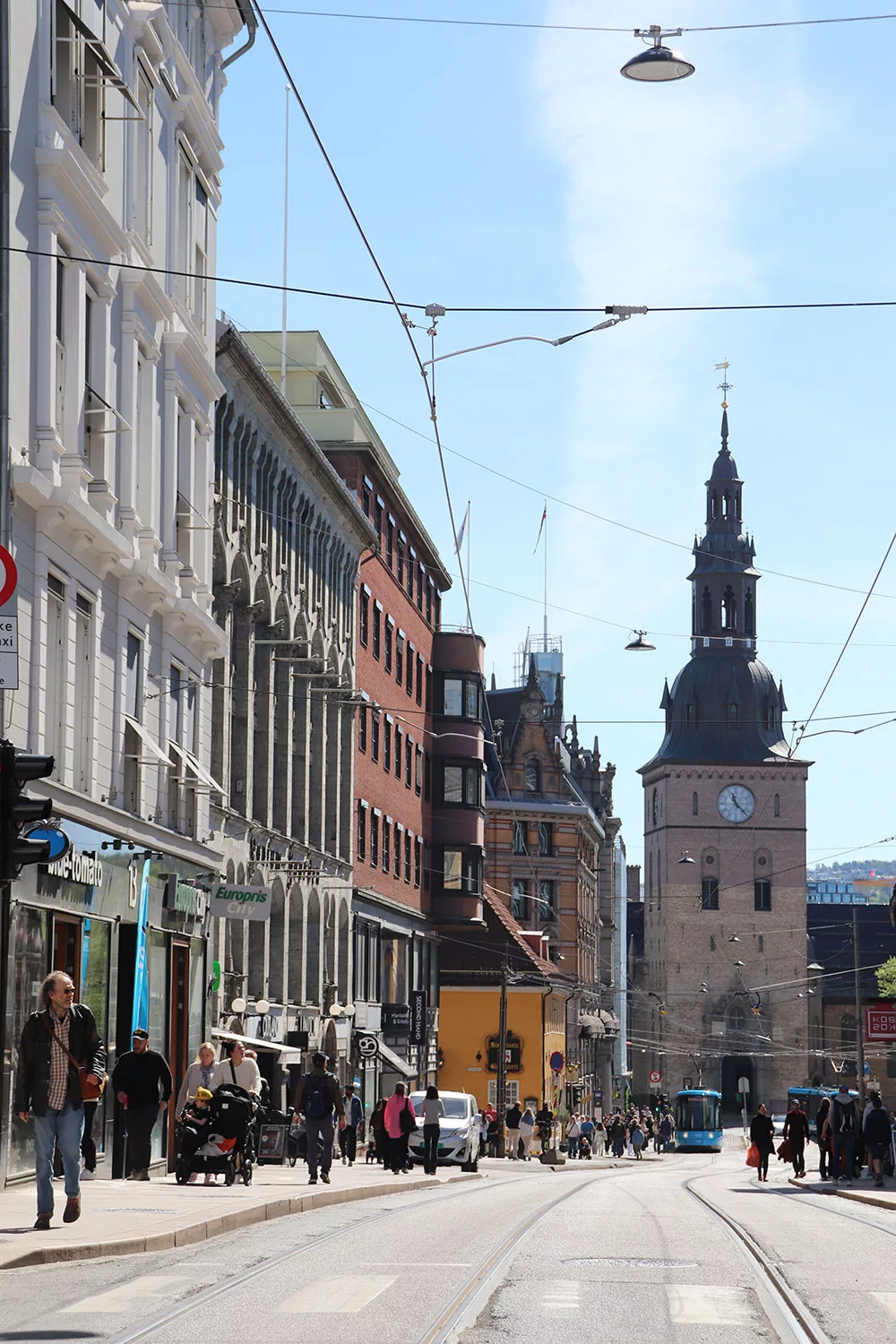
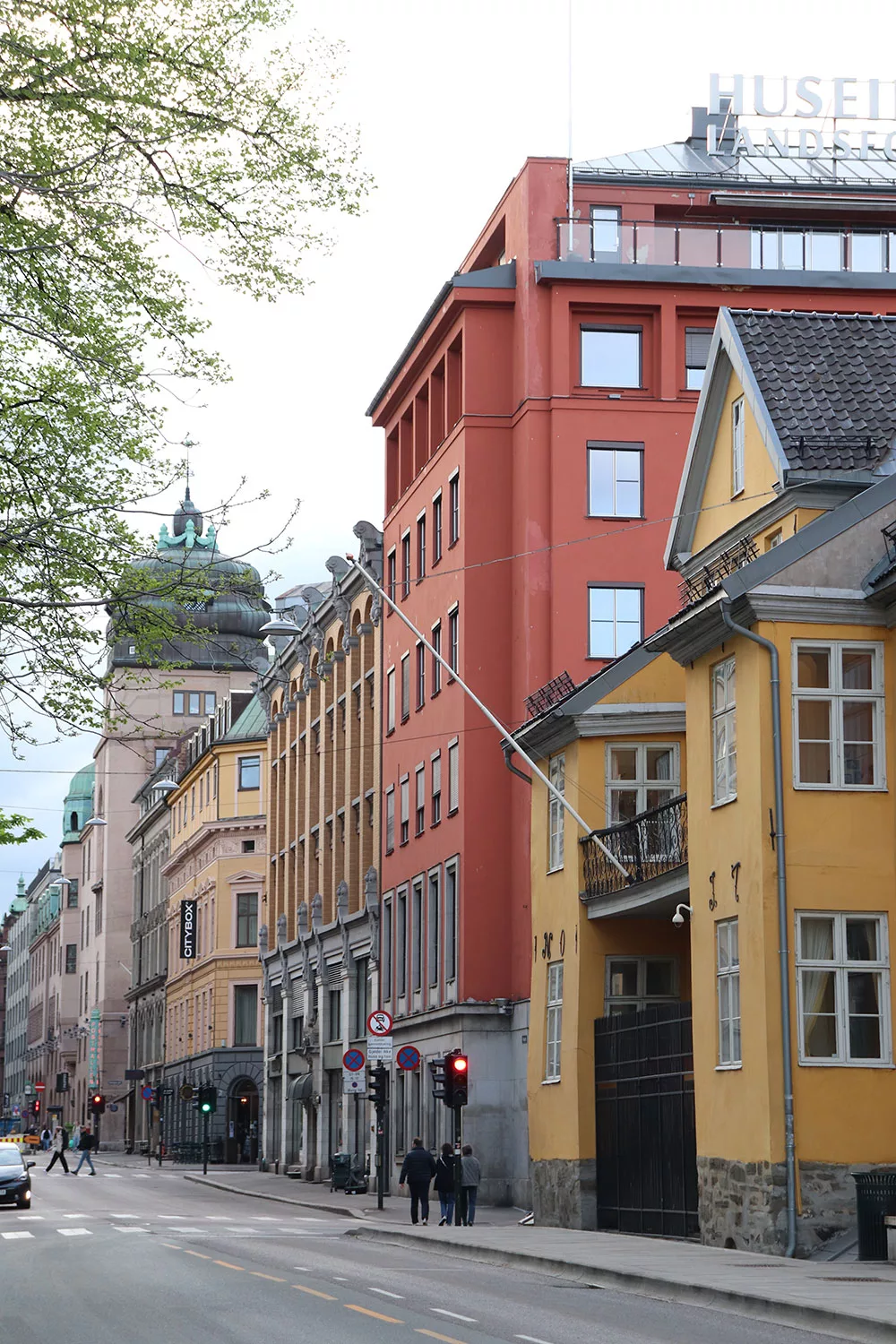
The National Museum is another top notch place to visit, but I would think calling it the “National Gallery” would be more appropriate since it’s just art. The bottom floor shows Norwegian decorative arts through the ages, and the top floor is dedicated to Norwegian fine art. This museum is the one with Munch’s The Scream!! You might be thinking it’s in the Munch museum but not really. I’ll explain more below, but if you want to see The Scream, you need to go to the National Museum.
For a more historical approach to the city, you’ll want to visit the Oslo City Museum. They have a bunch of different exhibits which explore how Oslo was in the past and how it came to be. It’s another excellent museum and it’s located right next to the Vigeland Museum if you’re interested in sculpture.
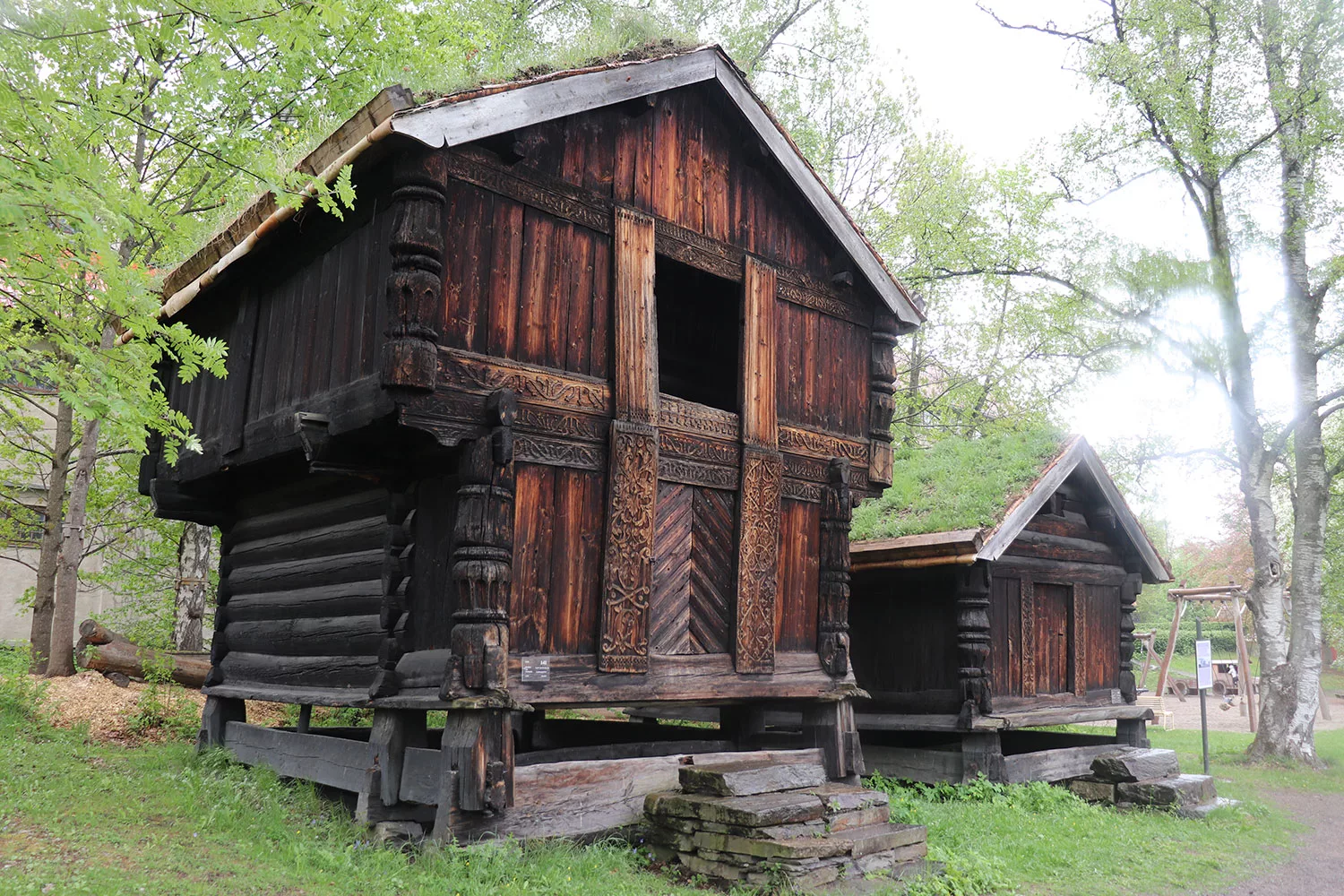
The last of these “overview” museums in the Norwegian Folk Museum, also called the Norwegian Museum of Cultural History. They have some small but good exhibits inside on different parts of Norway’s cultural history, but their main draw is the open air area. This has over 150 different buildings from centuries past coming from all over the country. You can go inside a lot of them, there are some historical interpreters there to tell you a bit about the city, and the architecture is absolutely stunning. They weren’t big on windows but those buildings of beautiful carved wood look like they could be in a fairytale.
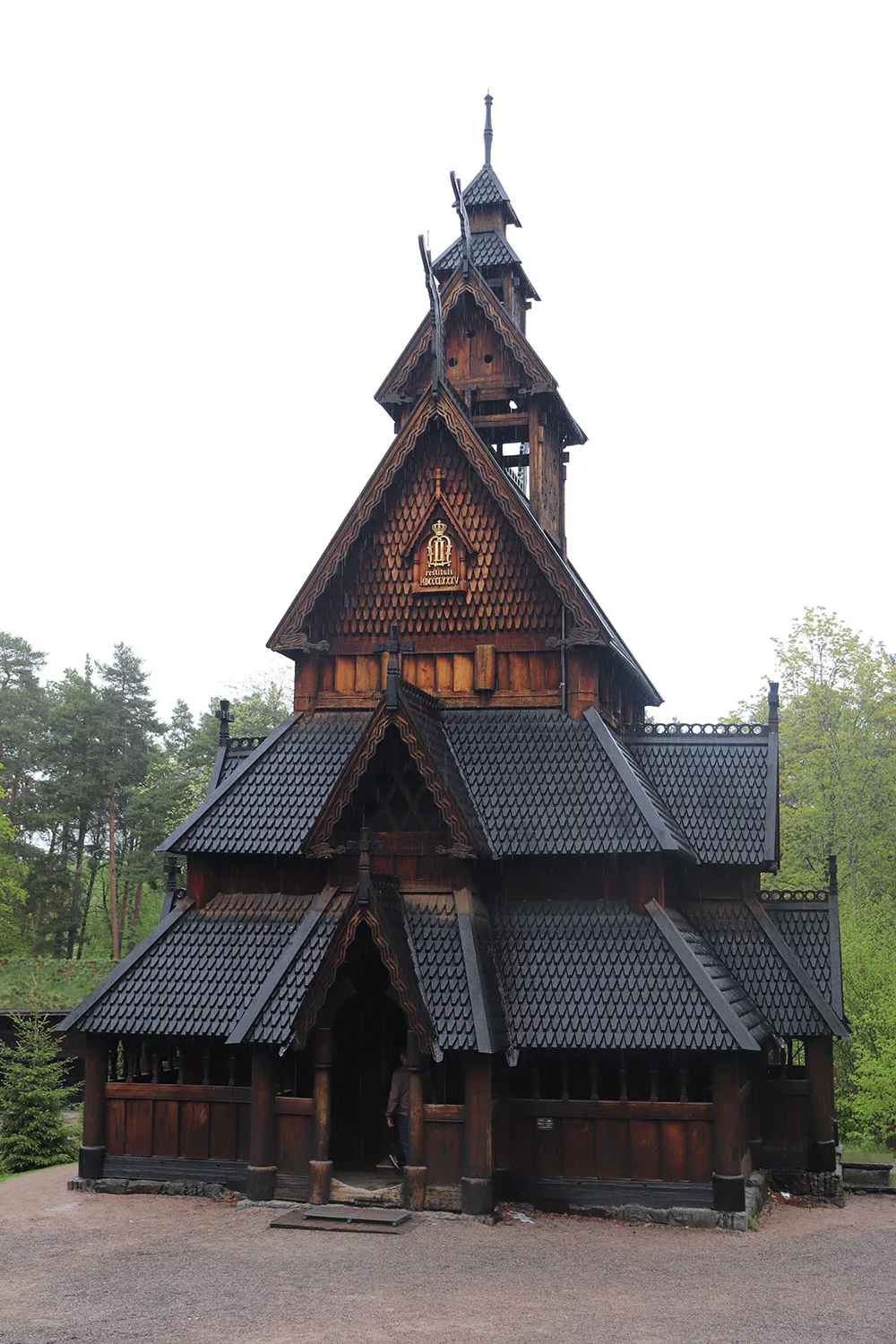
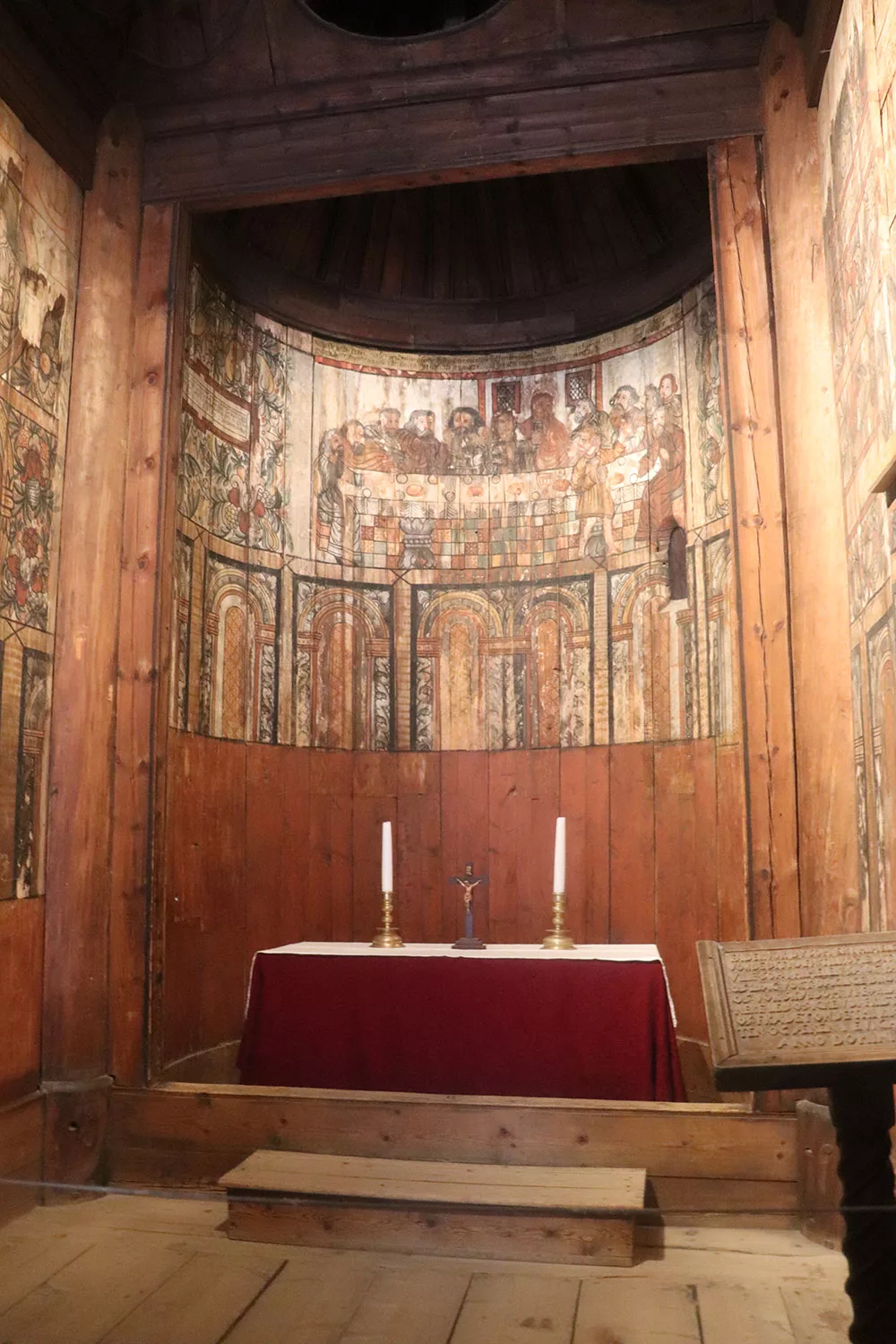
This museum is also important because it houses one of the 29 remaining stave churches, Gol Stave Church. A “stave church” refers to a type of architecture but for brevity, these were medieval Scandinavian churches. Gol Stave Church dates from the 12th century (!!) and comes from the town of Gol. It was moved from Gol to Oslo in order to protect it from being destroyed, and parts of it were reconstructed. It’s still very cool to see a church that was built almost 1000 years ago, in a style that’s iconic of Norwegian architecture.
If you like open air museums and stave churches, perhaps you’d like a trip to Lillehammer! It’s a small town 2 hours away from Oslo and they have a great open air museum called Maihaugen. It’s home to a bunch of very cute buildings and Garmo Stave Church, another one of the 29 remaining stave churches (however you cannot go inside).
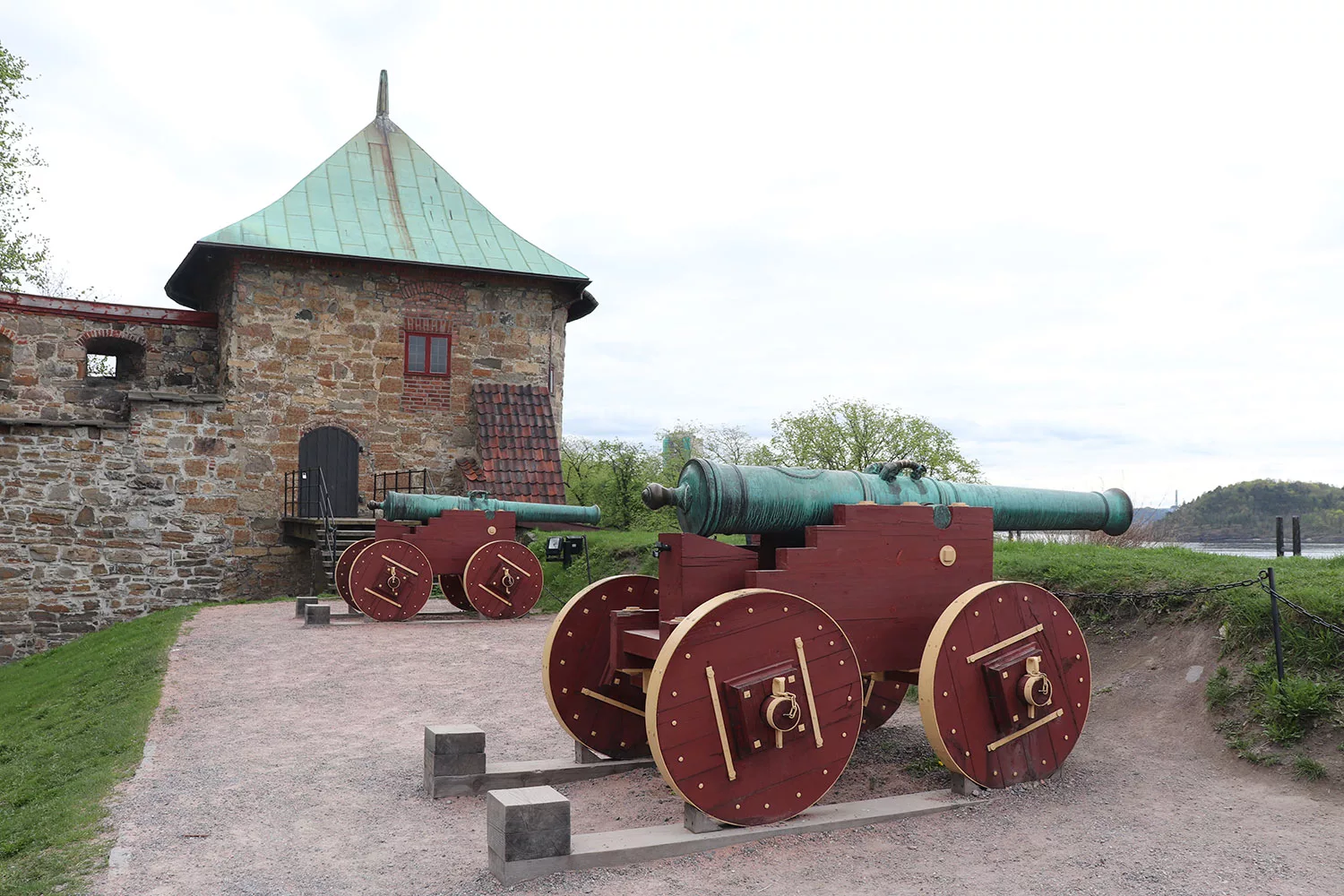
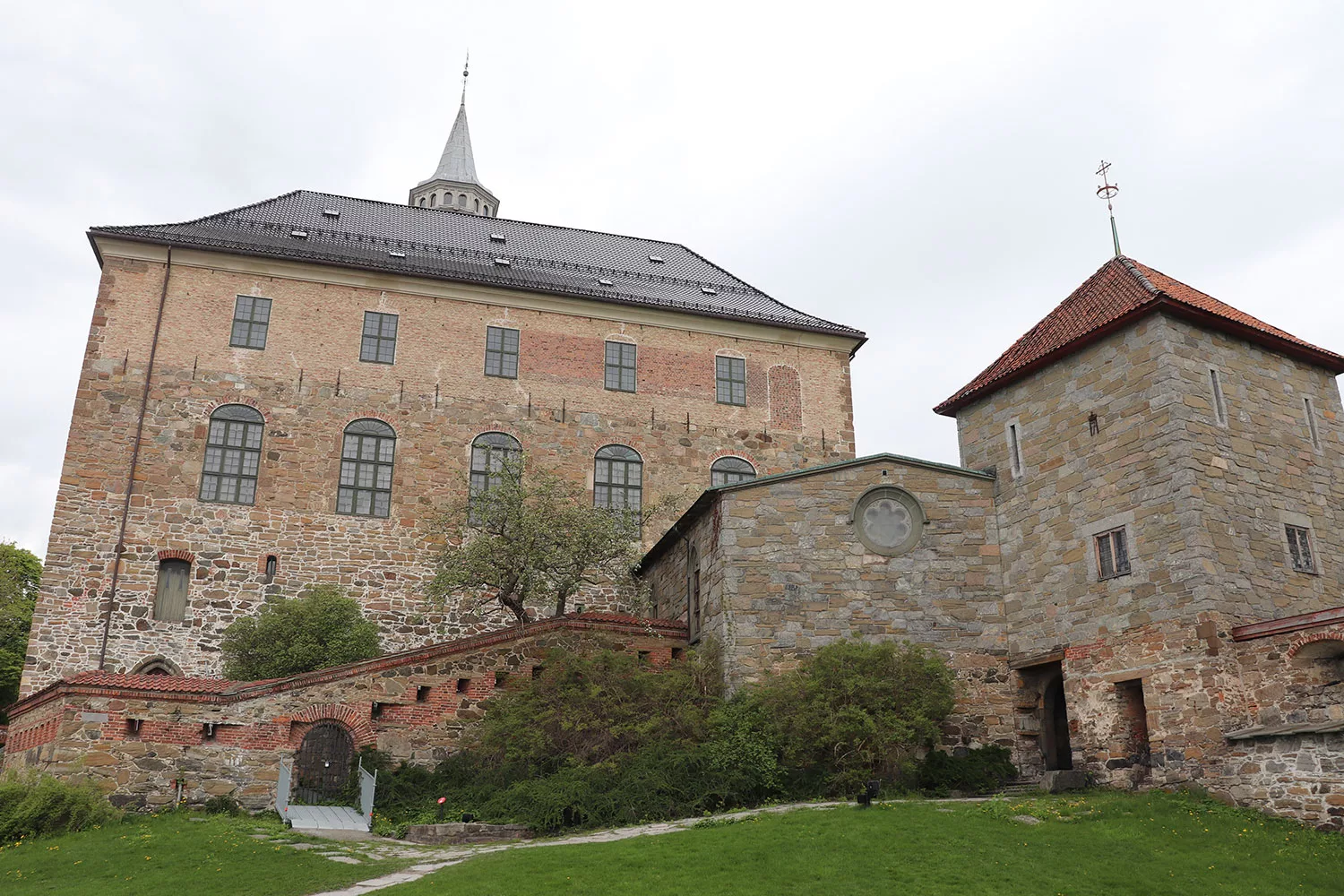
Then there are a few museums that deal with specific parts of history. You can visit Akershus Fortress which is an open-air medieval fortress. In it is the Norwegian Resistance Museum which tells about the German occupation of Norway during World War II and of course the resistance to it. The museum is wonderful and gives a lot of good information on one of Norway’s darkest times.
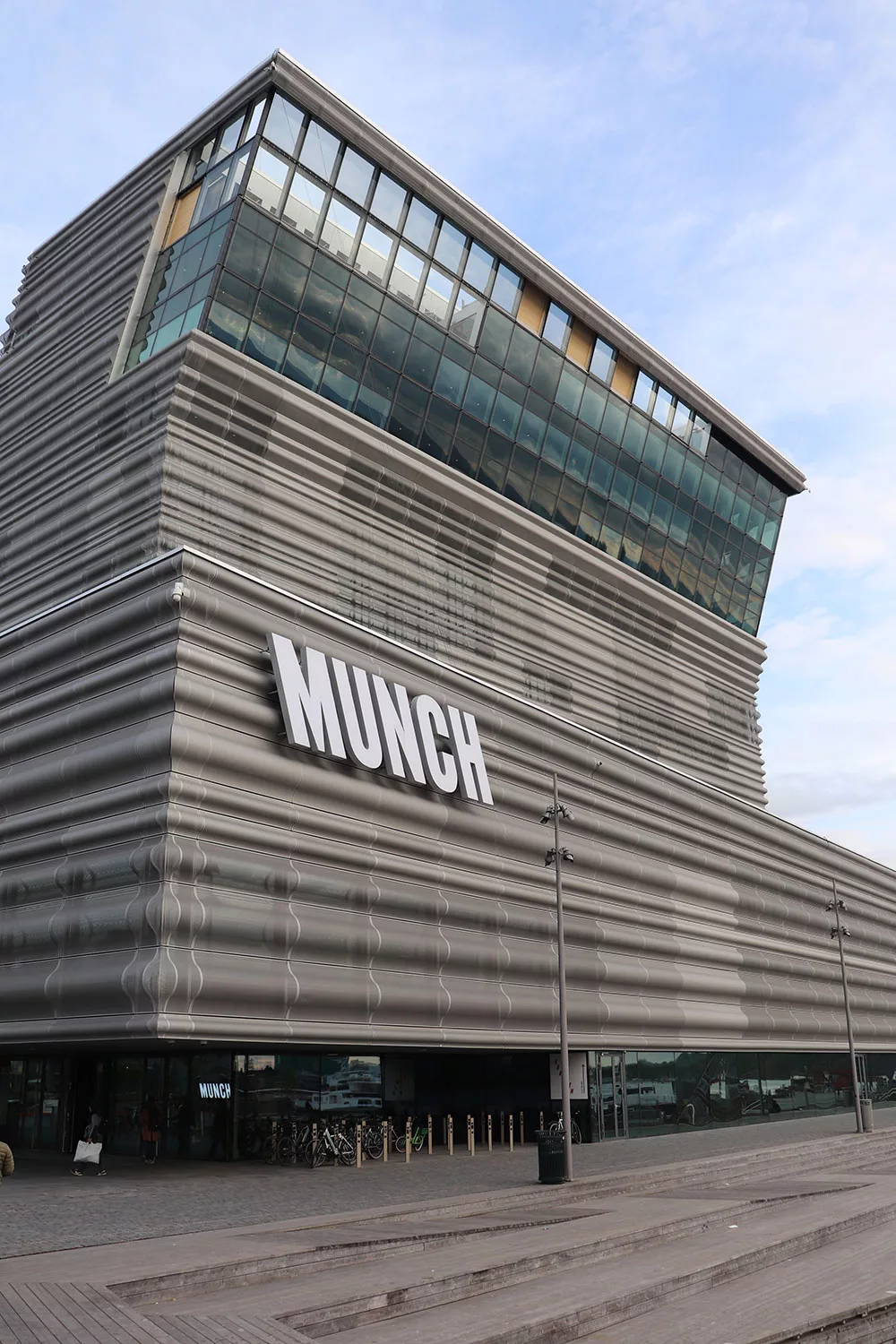
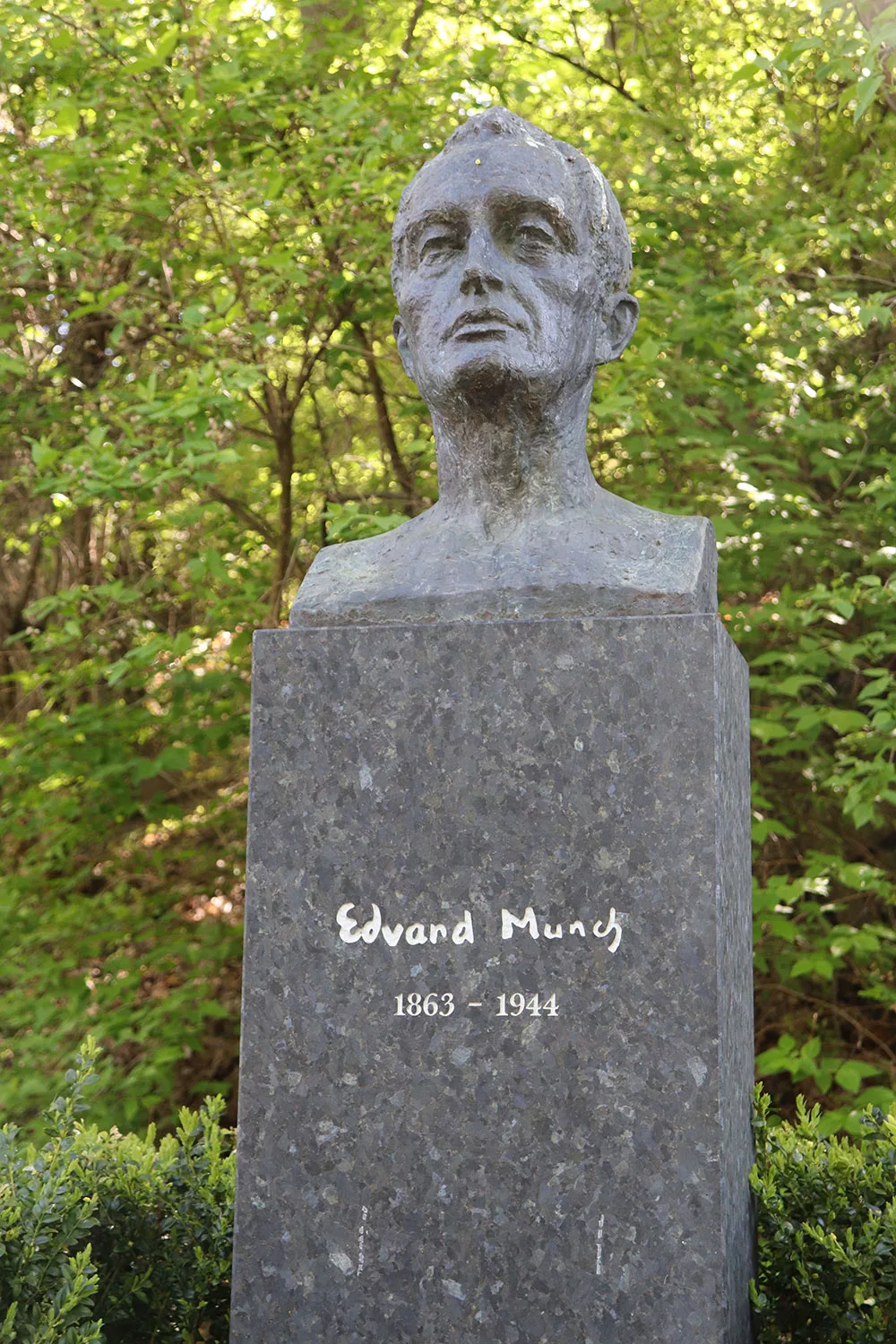
Now I should probably get into the Munch Museum. You’ve probably seen The Scream at some time in your life, which is by Norwegian expressionist artist Edvard Munch (1863-1944). The Munch Museum on the harbor is a huge museum dedicated to his works. There’s a lot to see and it’s very well organised. I loved the top floor, which has an abstract recreation of his house with interactive exhibits and personal affects from his life. They really put a lot of work into making it an entertaining and educational museum.
Also, bring your camera because there are great views from the Munch Museum!
But if you go, you will probably not see The Scream, at least not the one you’re thinking of. Munch did multiple versions of his artwork. The ones in the Munch Museum are line drawings, crayons, and only one tempura which is the version you’re used to. Also since they’e so fragile, only one can be displayed at a time, so of those, you’ll probably get to see just one. (Click here if you want to learn more about it.) I saw only the line drawing. So if you want to see the classic Scream, your best bet is to go to the National Museum.
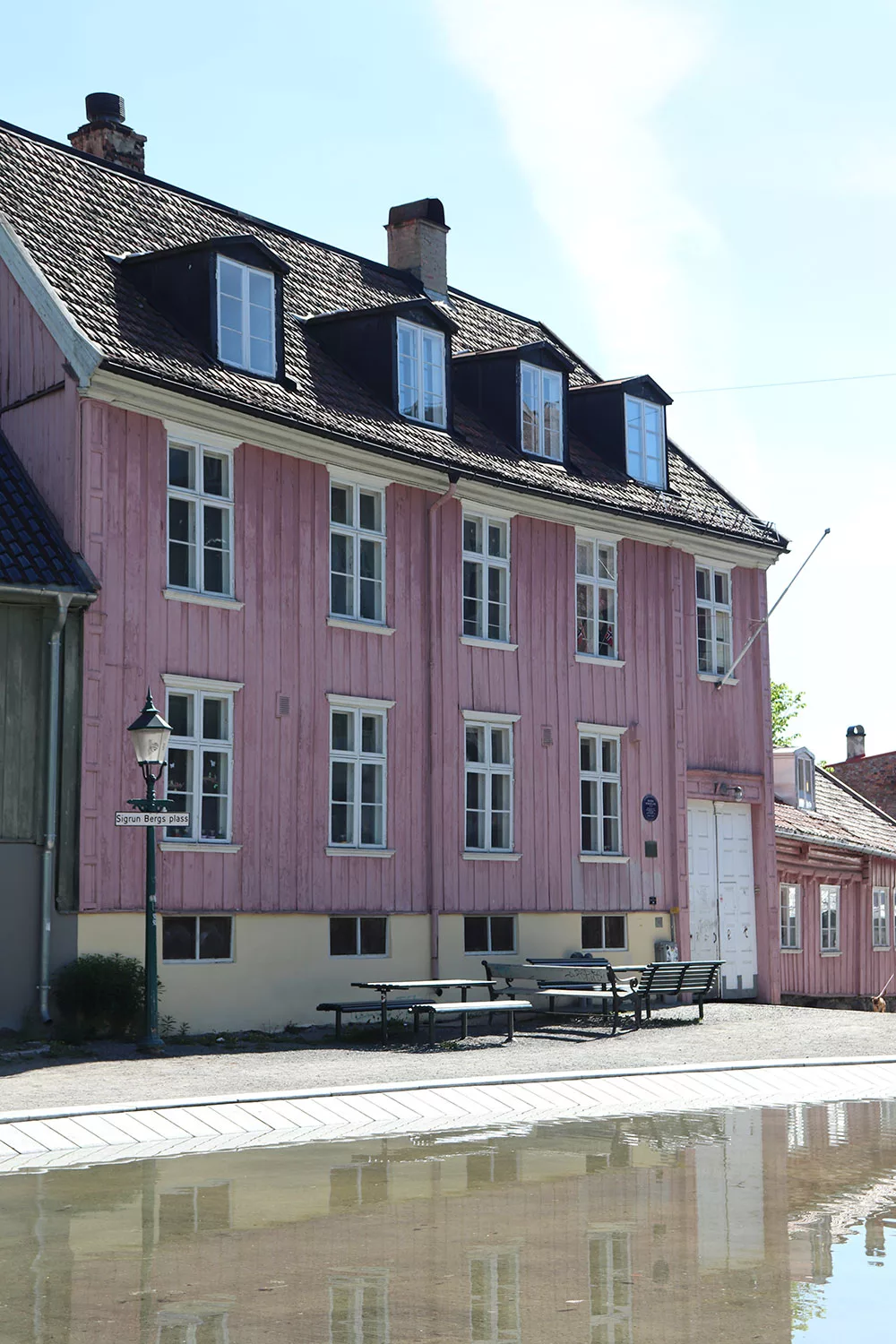
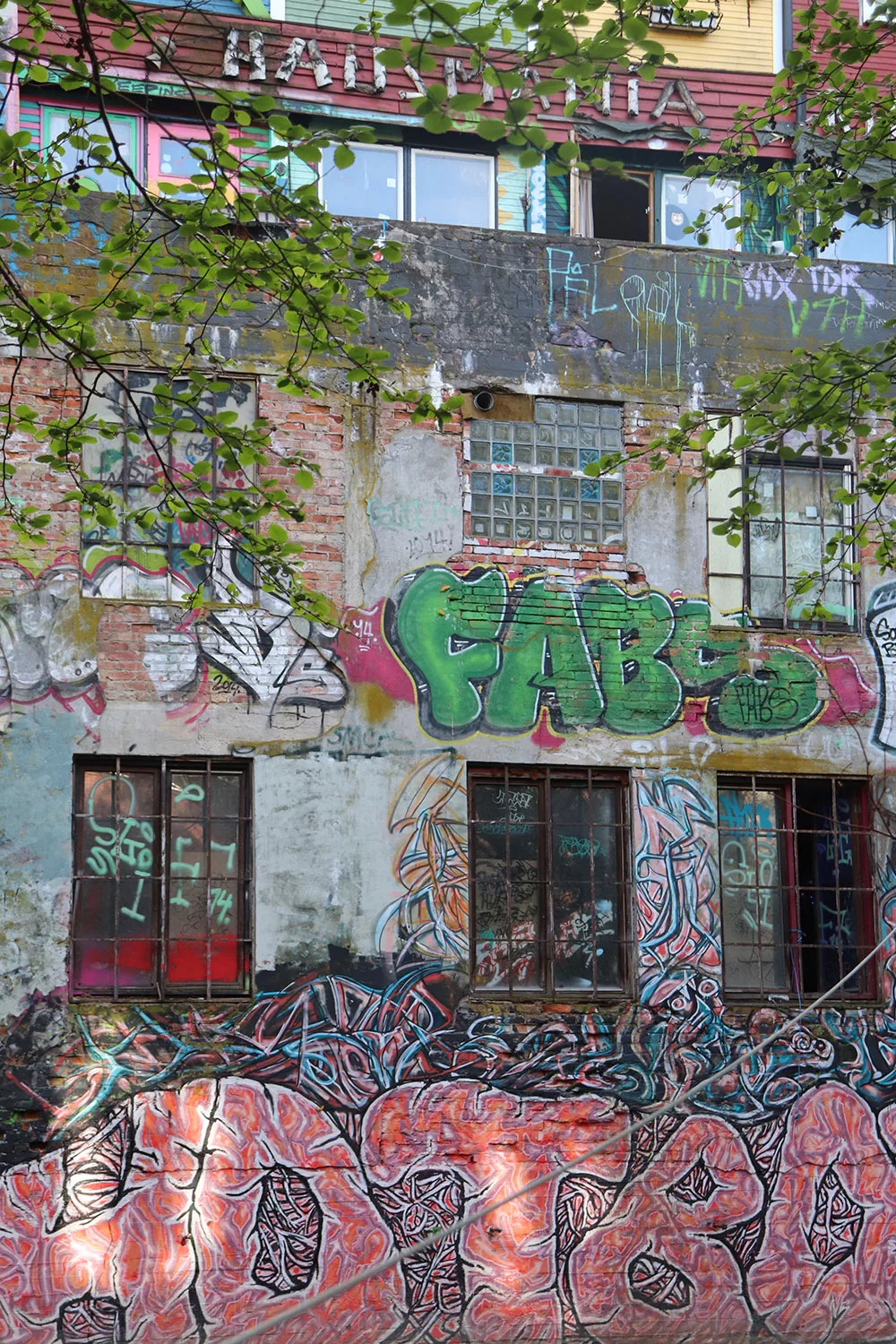
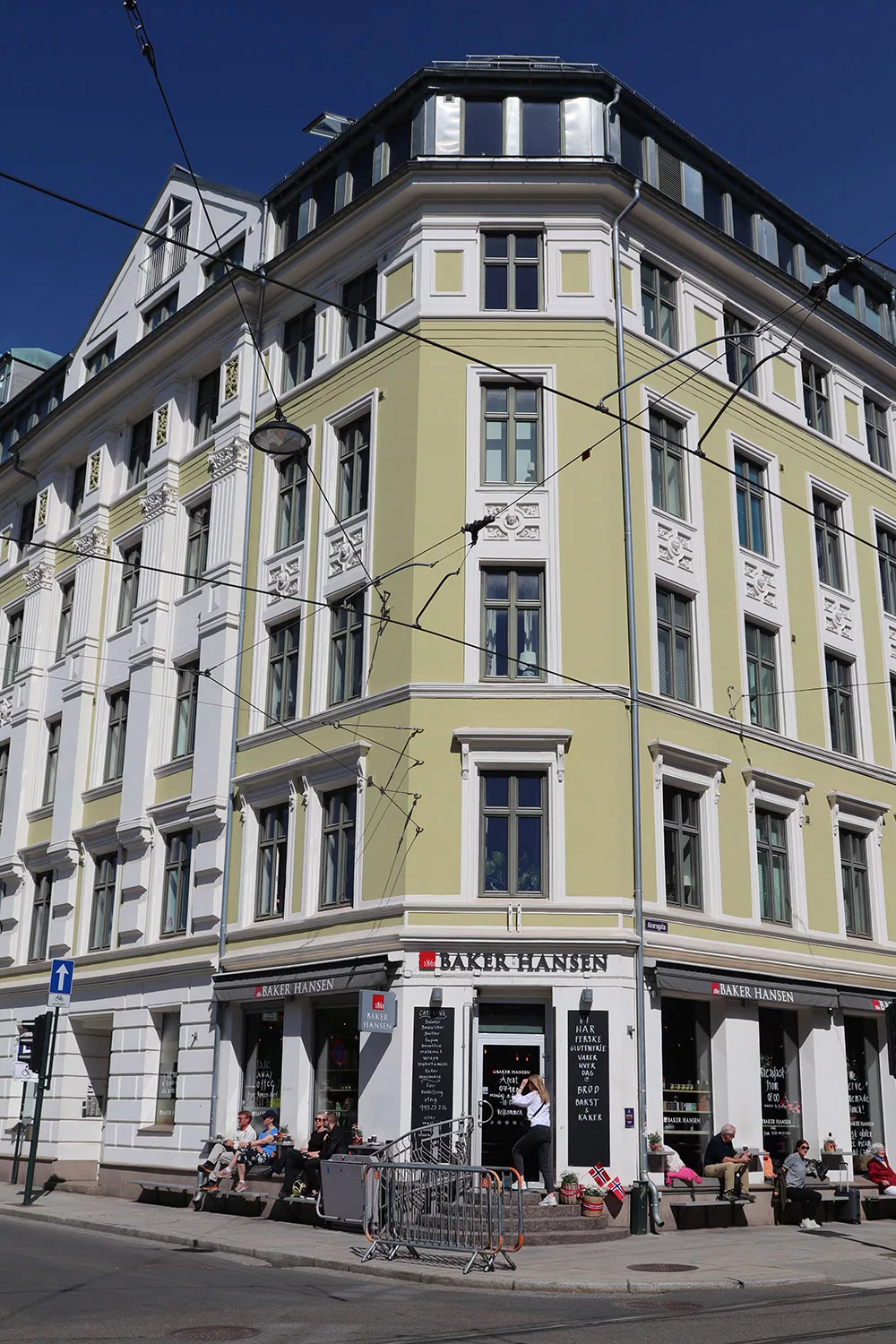
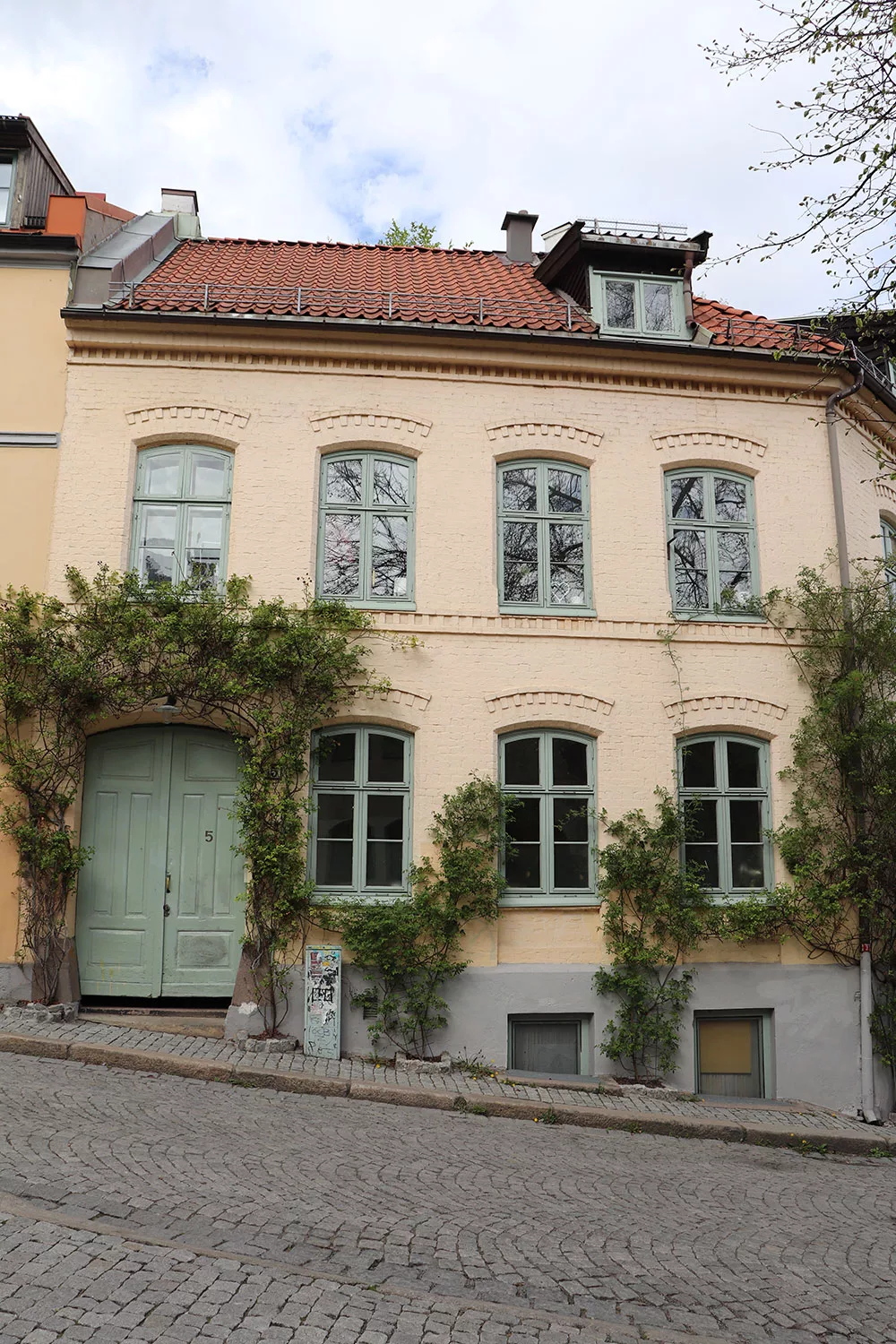
My friend said he was jealous I could go to the Fram Museum, so that pushed me to go. I wouldn’t have otherwise. The Fram Museum is about the Fram and the Gjoa ships which explored the South and North Poles, respectfully, from Norway. Not my cup of tea, but I have to say the museum was absolutely excellent. You can go aboard both ships, housed in the museum itself, and there is a plethora of information about the exploration, the ships, the crew – basically anything you ever wanted to know. It was very informative, even for me.
And the museum shop is ridiculously cheap, nevermind it’s a museum shop and it’s in Norway. They have a big selection of books available for only 20 NOK (!!), amongst other things for a great price. A nice place to grab souvenirs.
It’s next to the Kon-Tiki Museum, dedicated to another maritime exhibition but which I didn’t visit.
Across the way is the Maritime Museum. I only popped in for a few minutes because I wanted to see Norway’s oldest boat (it’s over 2000 years old!) and a Viking boat since the Viking museum was under construction. Both are very cool, and the exhibits have a ton of information about the boats and their histories.
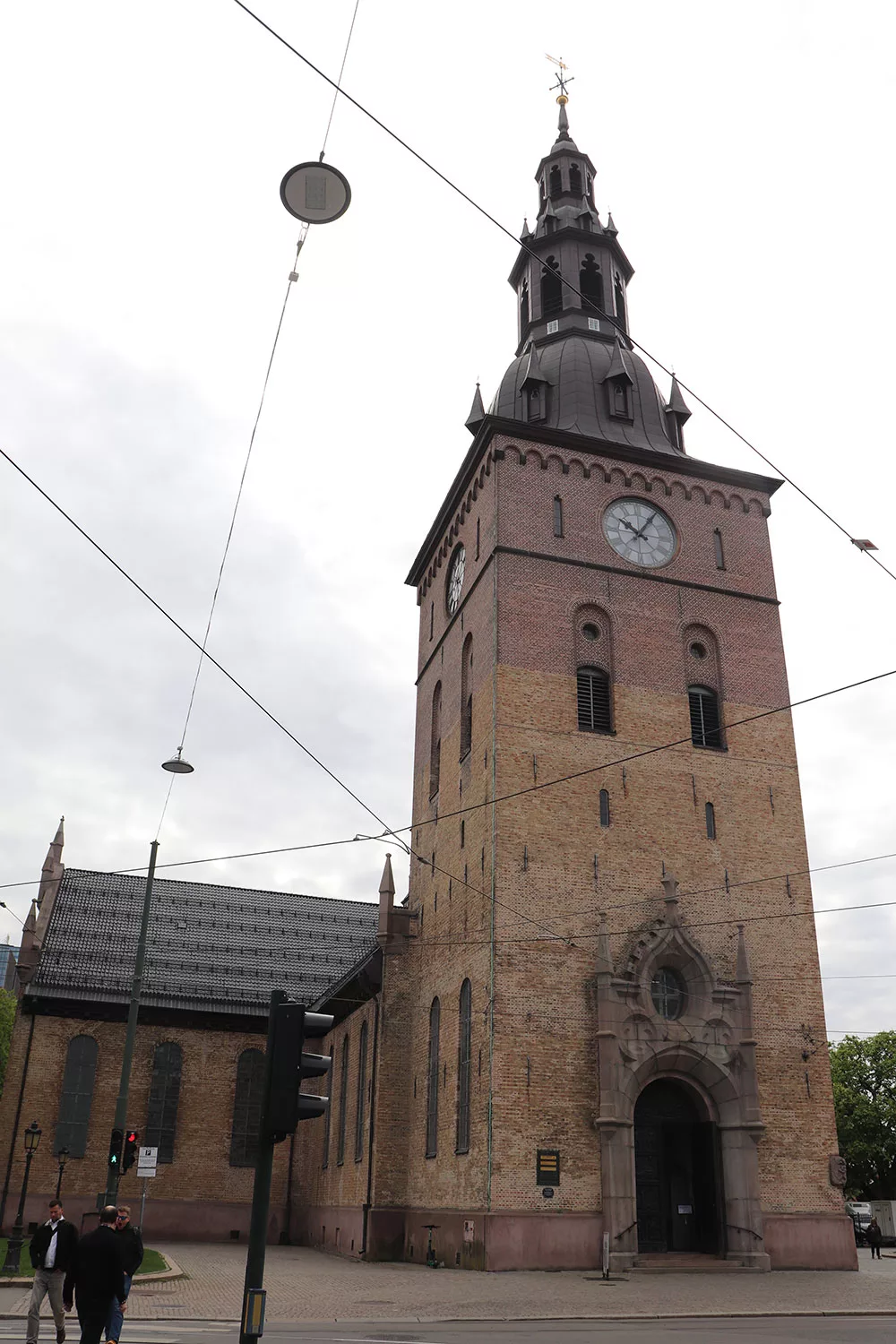
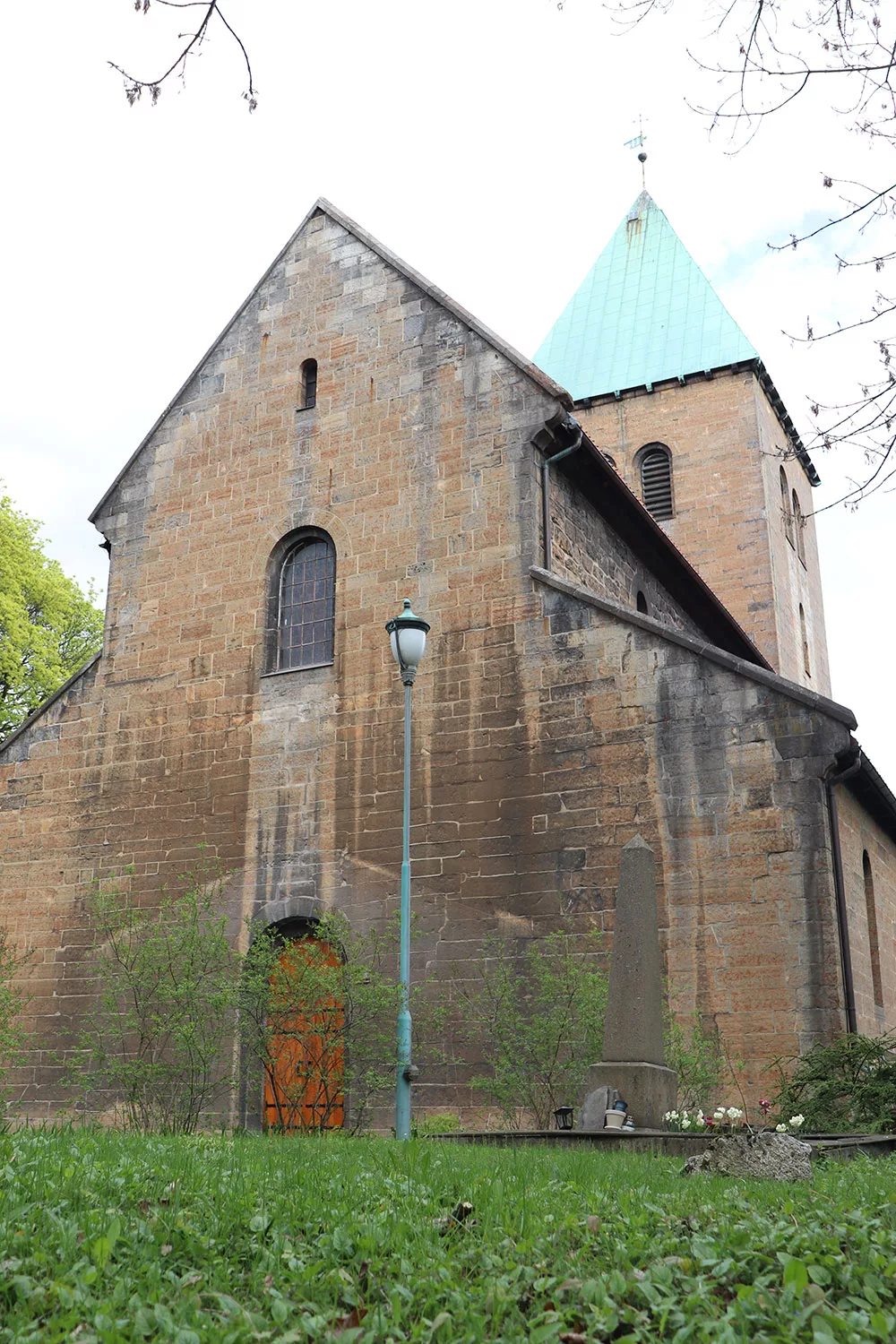
There’s also a bunch of churches. The 17th century Oslo Cathedral is in the heart of the city, but Old Aker Church is the city’s oldest, and one of the only examples of medieval architecture still standing there. It’s across from a beautiful graveyard, the one with Munch’s grave.
Some things I didn’t get to see were the Museum of the Viking Age – which I was SUPER bummed about – because it’s not scheduled to open until 2027. I have no qualms going back to Oslo to see it when it opens! Also, Akershus Castle had guided tours once a week, which I showed up for and then ended up being cancelled, so I didn’t get to go inside the castle, either. (If you want to, go to the visitor’s center first and ask about tours. Hopefully yours won’t get cancelled…)
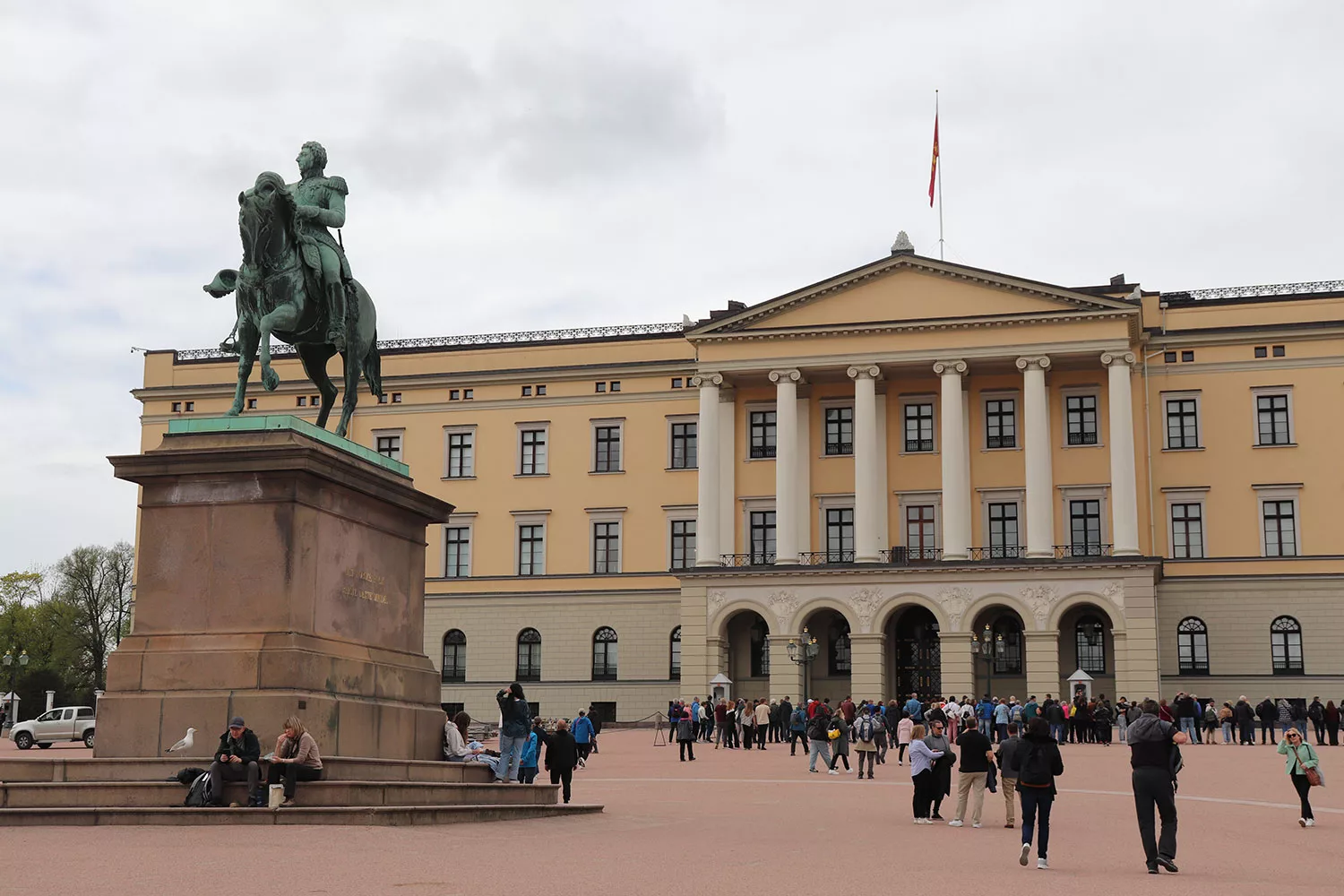
There were also some places I wanted to visit but just didn’t have the time, including the Nobel Peace Center, the Holocaust Center, and Oscarshall which is a royal residence near the Folk Museum. There is also the Royal Palace but that was closed during my visit, as well, since it’s a working palace.
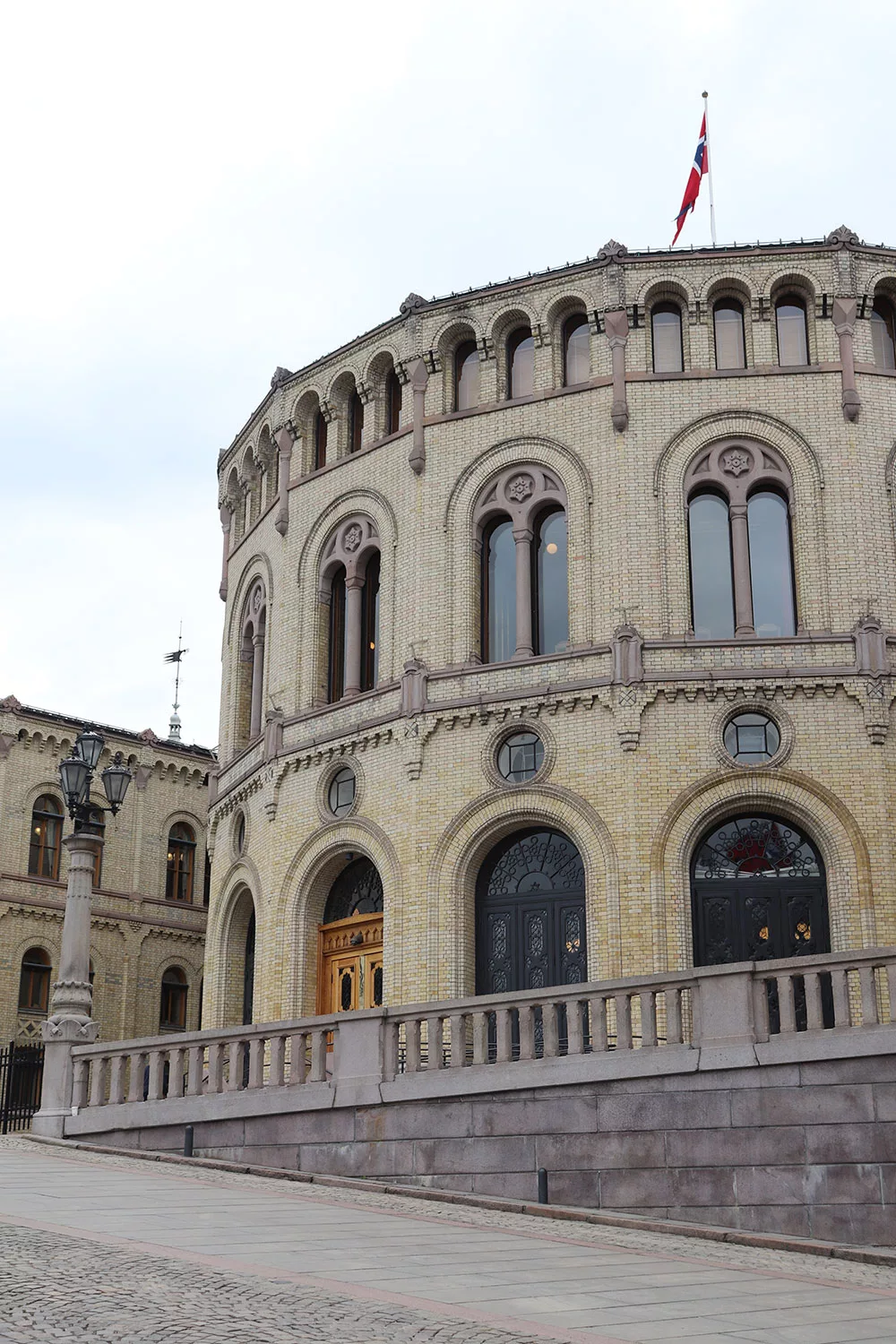
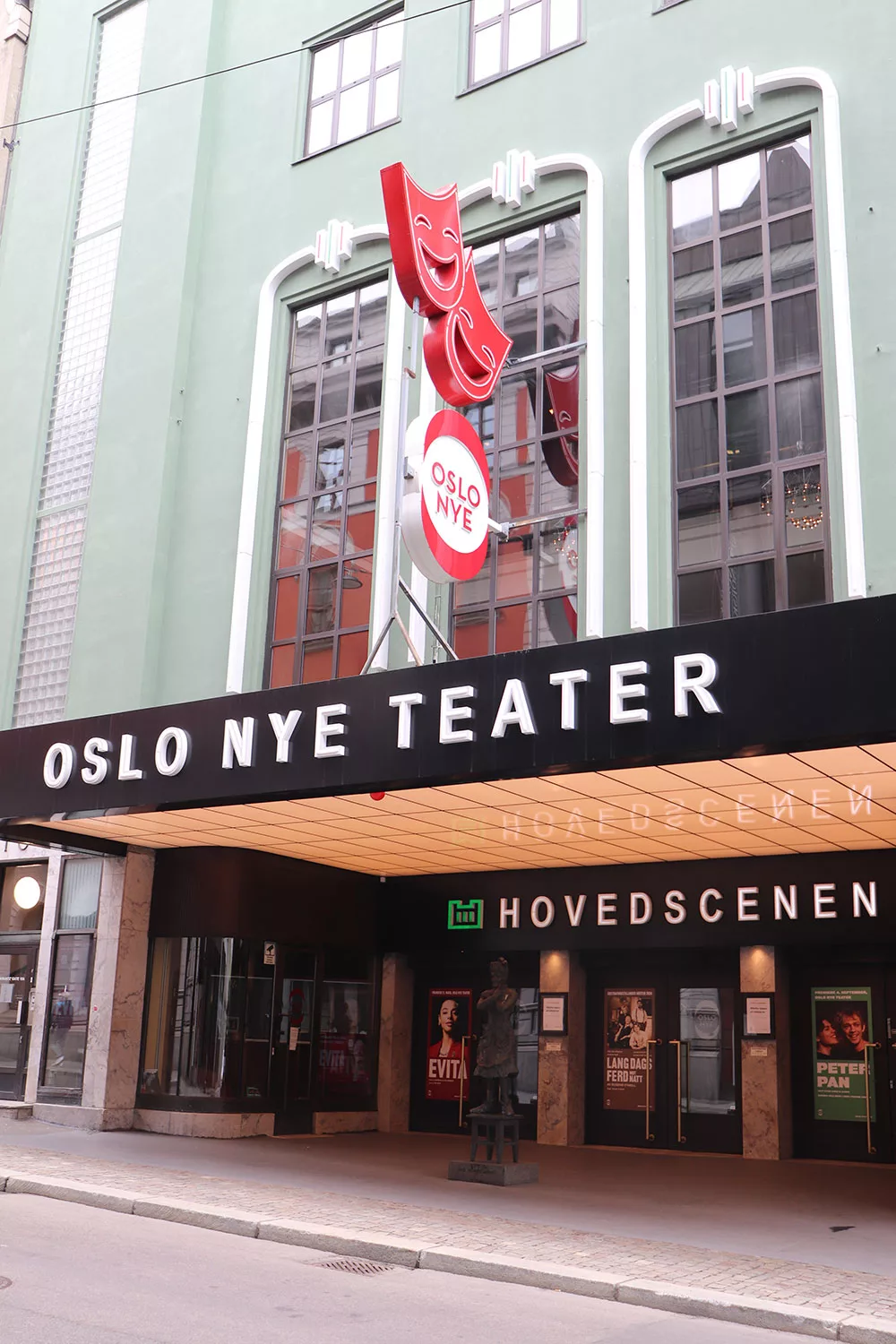
Oslo also seems to have a huge theatre scene (theatres everywhere!) so if that’s your cup of tea, you can look into getting tickets for an English language performance (or of course Norwegian if you happen to know it).
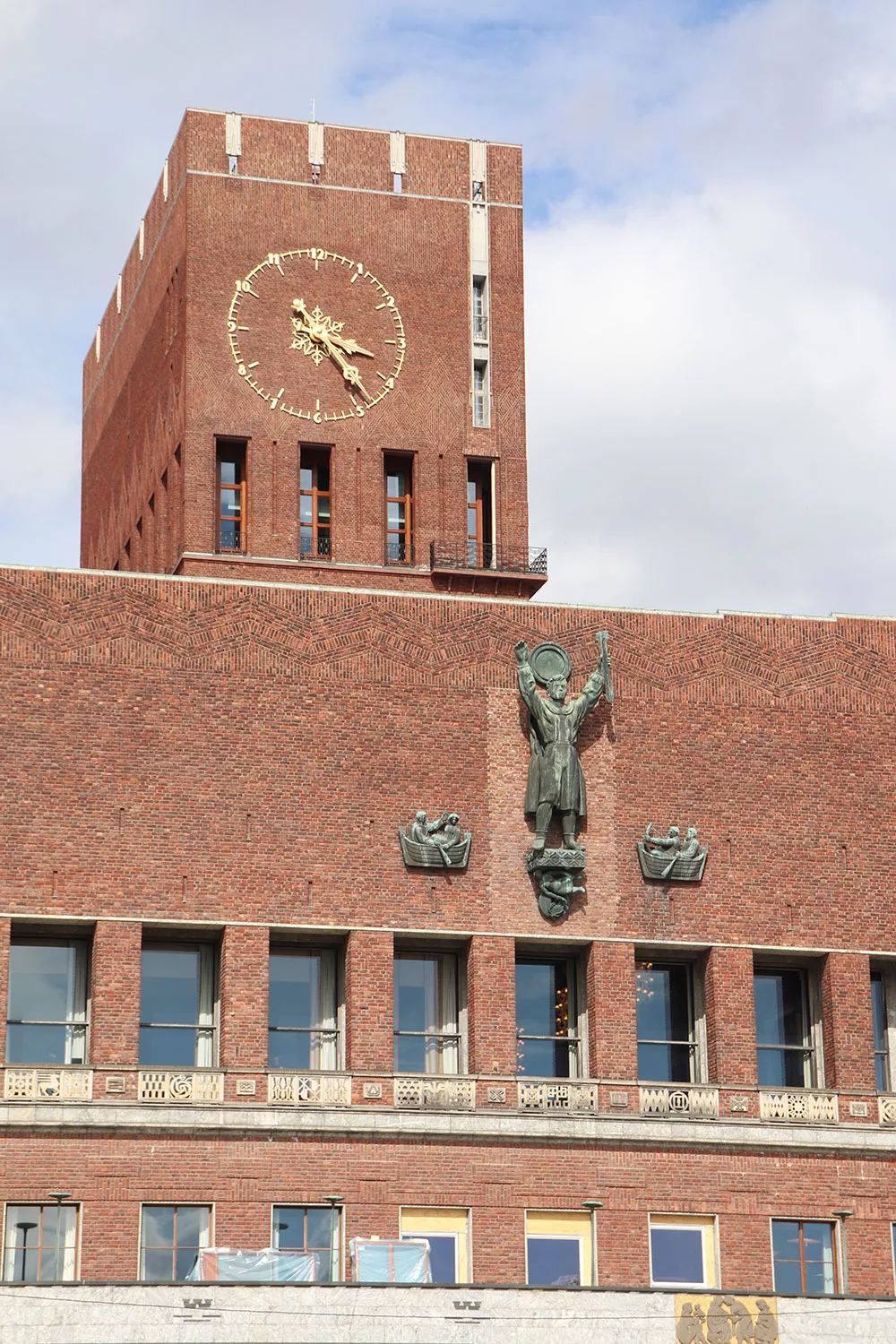
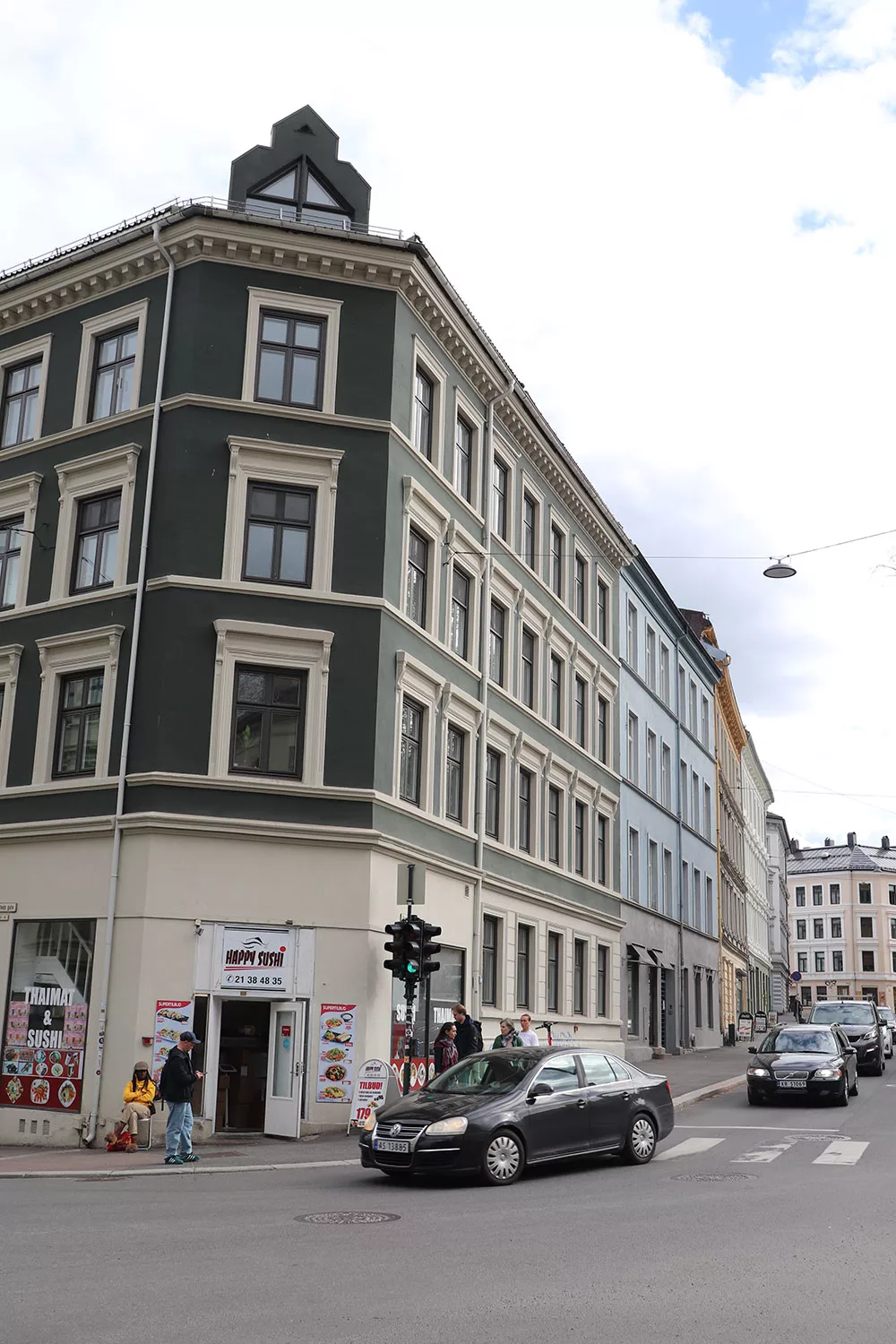
OK, so what is the vibe in Oslo like? Well, it’s a bit city. The city center, which is where the train station and harbour are, is very modern. The harbor has a ton of kind of cool-looking modern buildings but also some ugly ones, in my opinion. This area isn’t terrible but it’s not the cleanest. It’s an area that a lot of tourists see but it’s not the best side of the city.
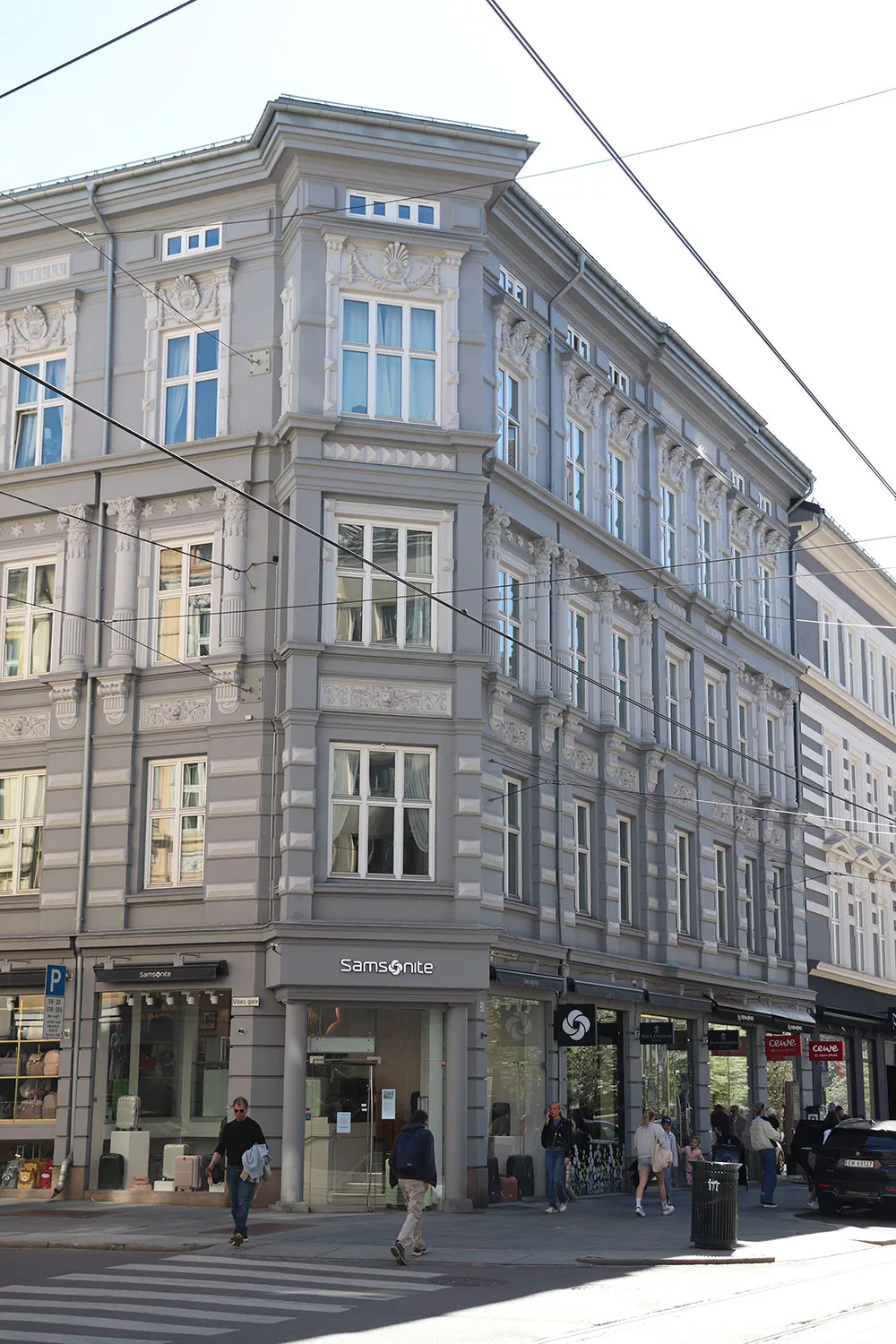
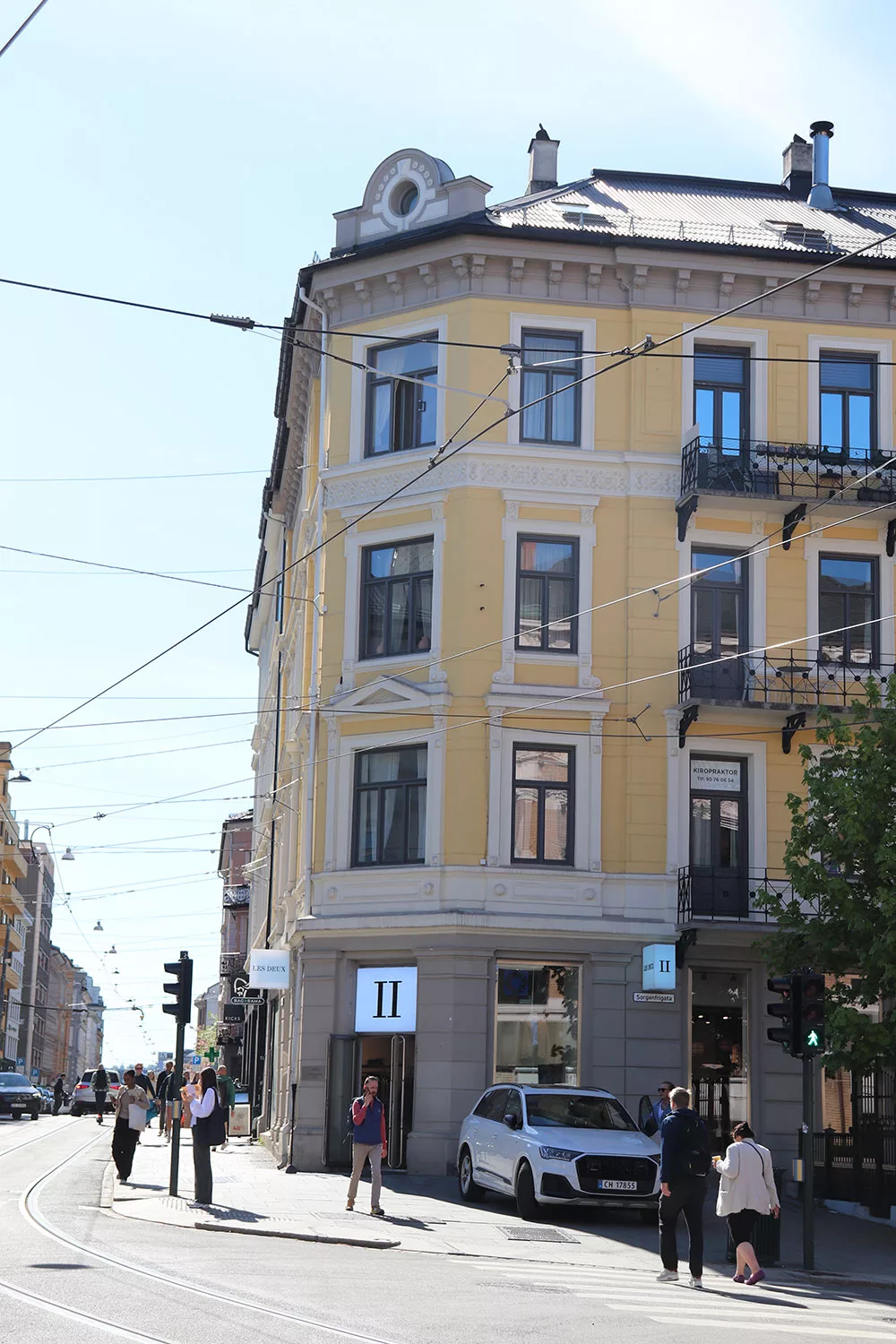
The rest of city I felt was nicer and had some nice 19th-20th century architecture. I didn’t see the whole city, but when I took the buses around, I found Majorstuen to be the most charming part of it. It’s colourful, clean, the shops are very nice, and the architecture a bit more stately. It’s an expensive area but gives a better view of Oslo.
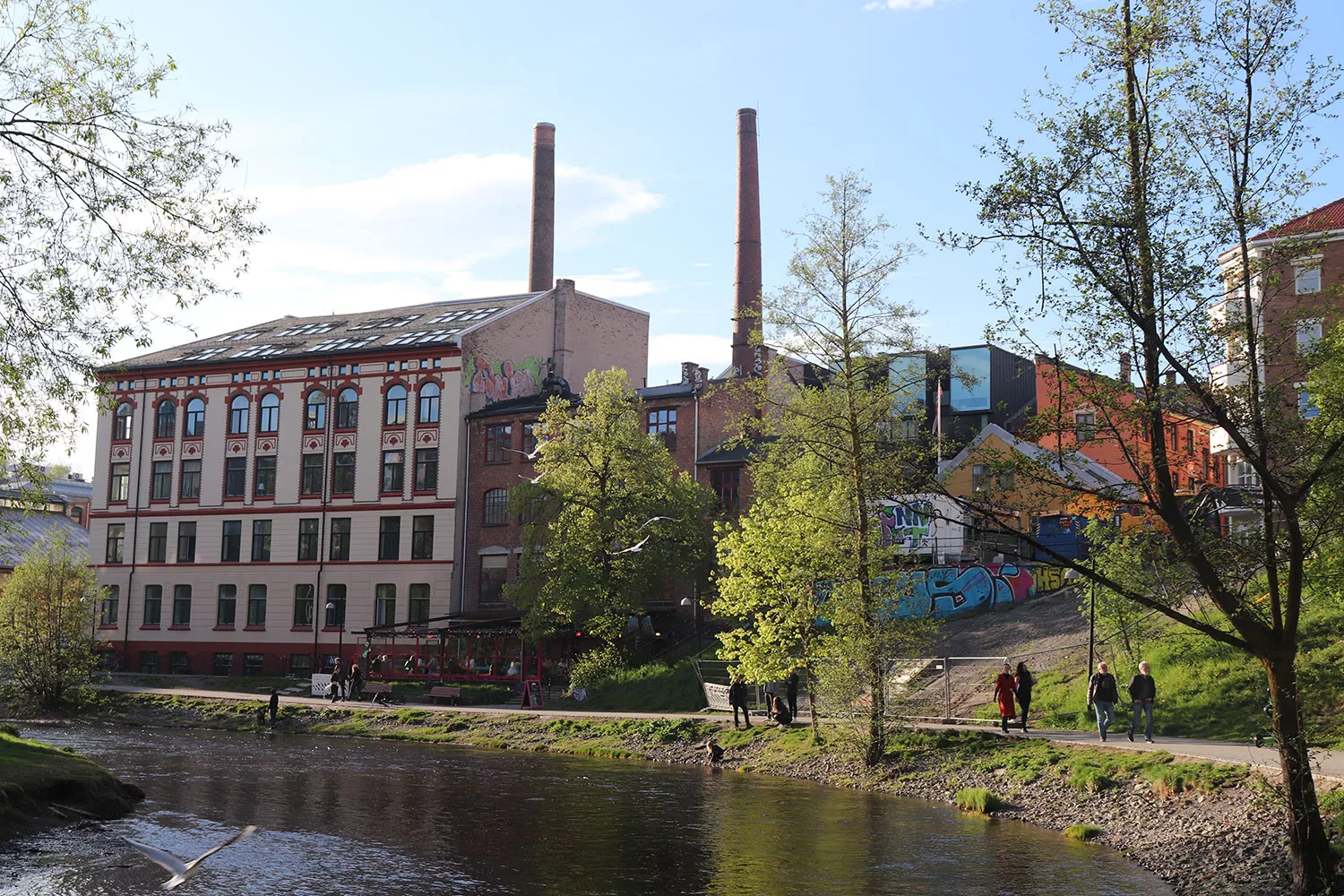
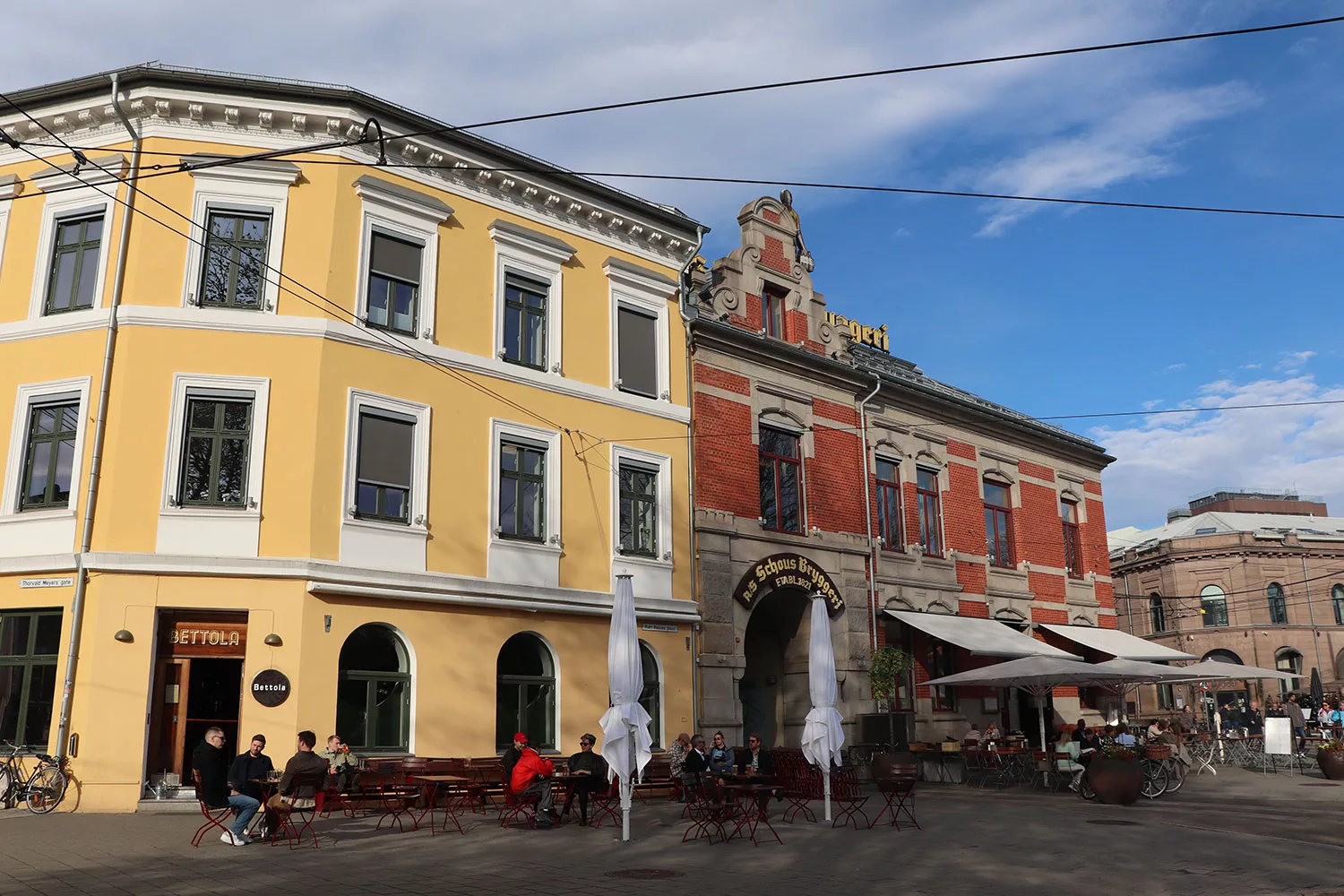
A completely different area I liked was Grünerløkka, which is where a lot of young people are. That doesn’t seem like my type but it has some nice street art, a canal to stroll along, and most importantly, a bunch of restaurants that serve vegan dishes. There’s lots of green space here too, and it just felt so lively.
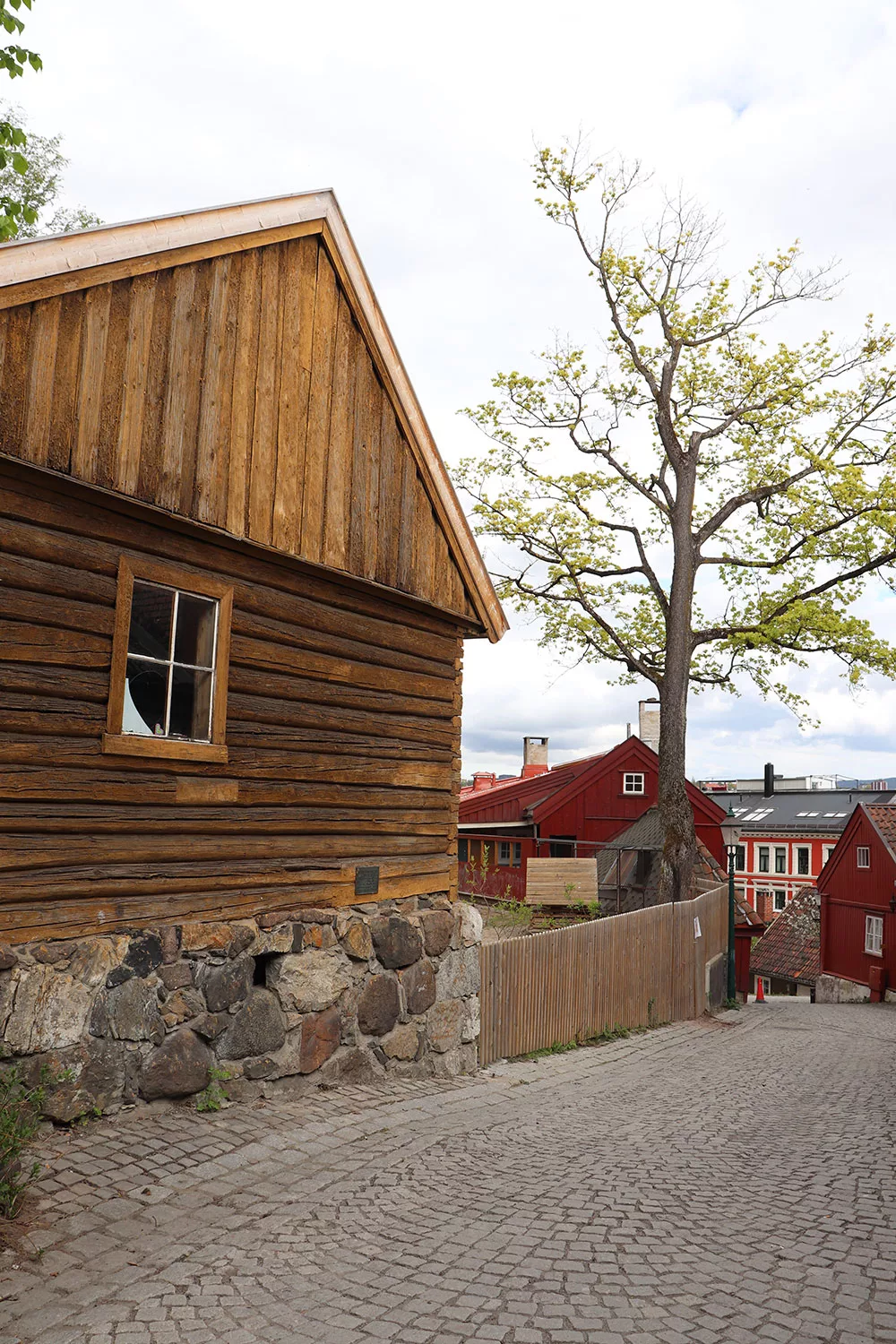
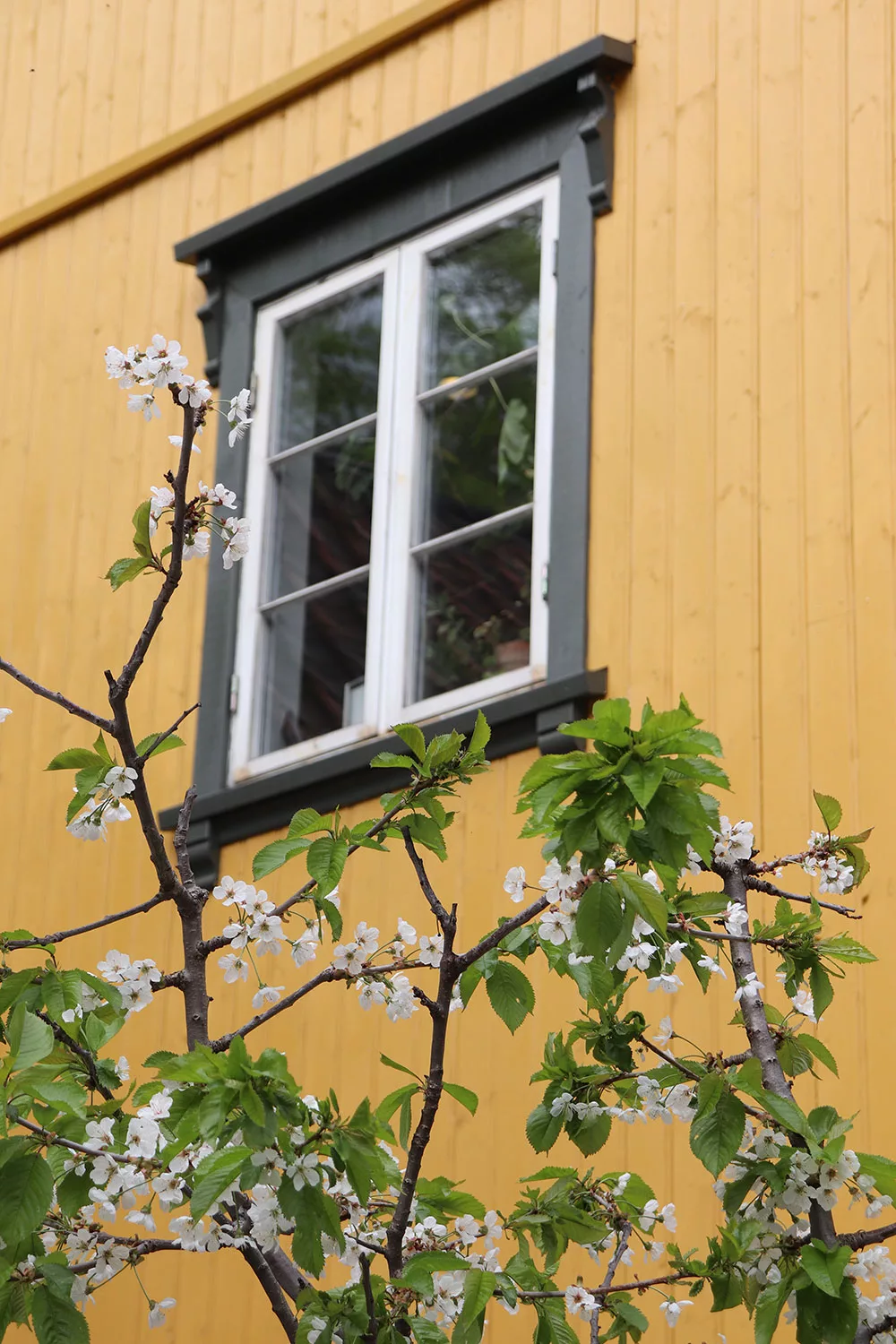
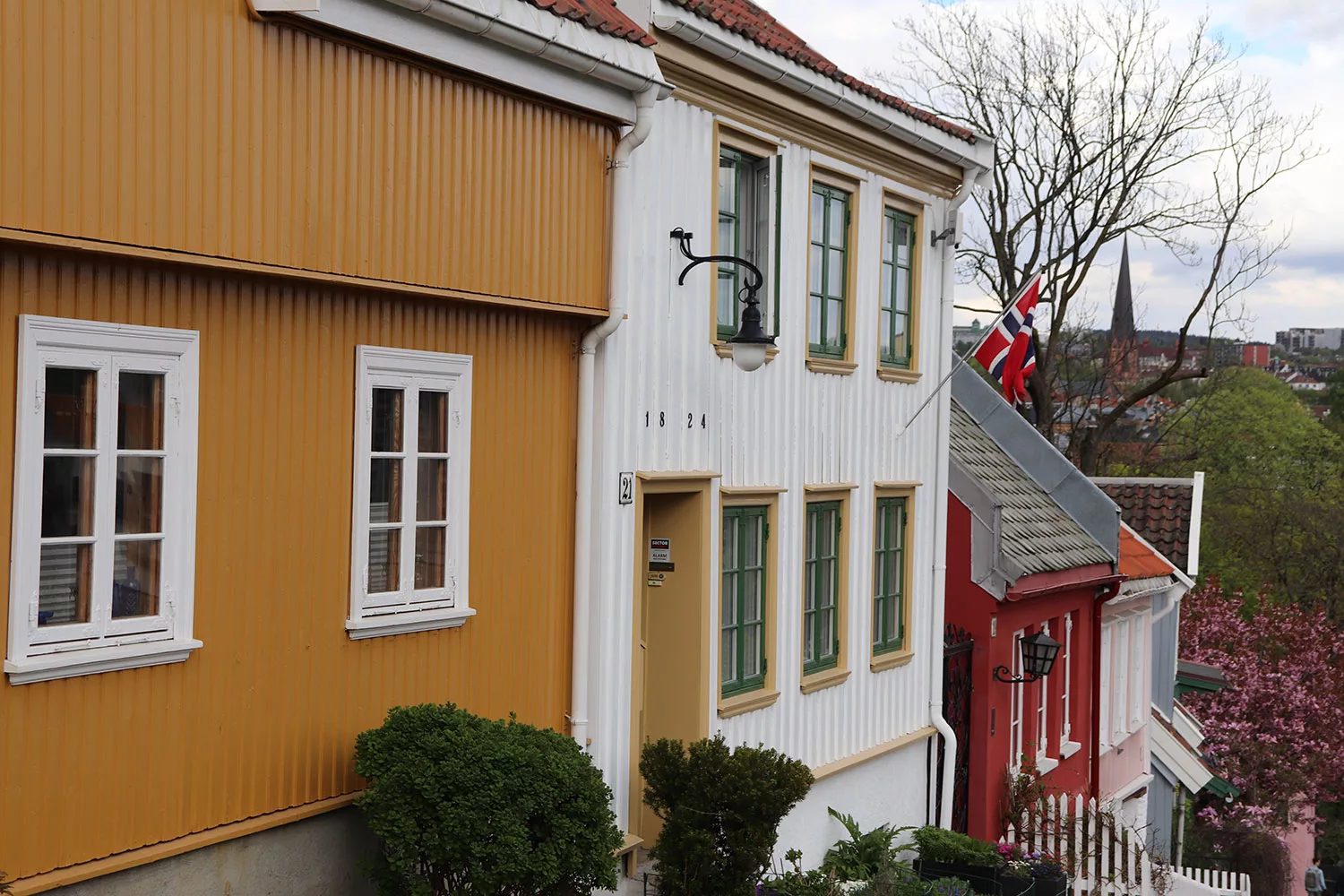
I was told that Oslo has an “old town” which I was excited to explore, which is the streets Telthusbakken and Damstredet. There are some cute houses here but honestly, the area is small and almost purely residential. It’s really just two streets with a handful of houses. It’s worth putting on your list but calling it an “old town” is a bit generous.
I had three full days in Oslo and even though they were packed with great things, I felt it wasn’t enough. There was still a lot I wanted to see. In terms of the city, I really just scratched the surface in terms of seeing the neighbourhoods and getting a feel for what it all had to offer.
Is the Oslo Pass Worth It?
If you like museums like me, then yes – absolutely! I got the Oslo Pass for 72 hours 895 NOK. For 6 museums (Munch Museum was free), it cost 880 NOK. I also used the bus and tram frequently, which would’ve cost 352 NOK for the week – which is an easy savings of 337 NOK. If you’re not into museums, you may still want to look into an Oslo transport pass. The city is walkable but many of those walks are 30, 45, 60 minutes plus. You can see a lot more quickly using Oslo’s excellent public transport system.
Overall…
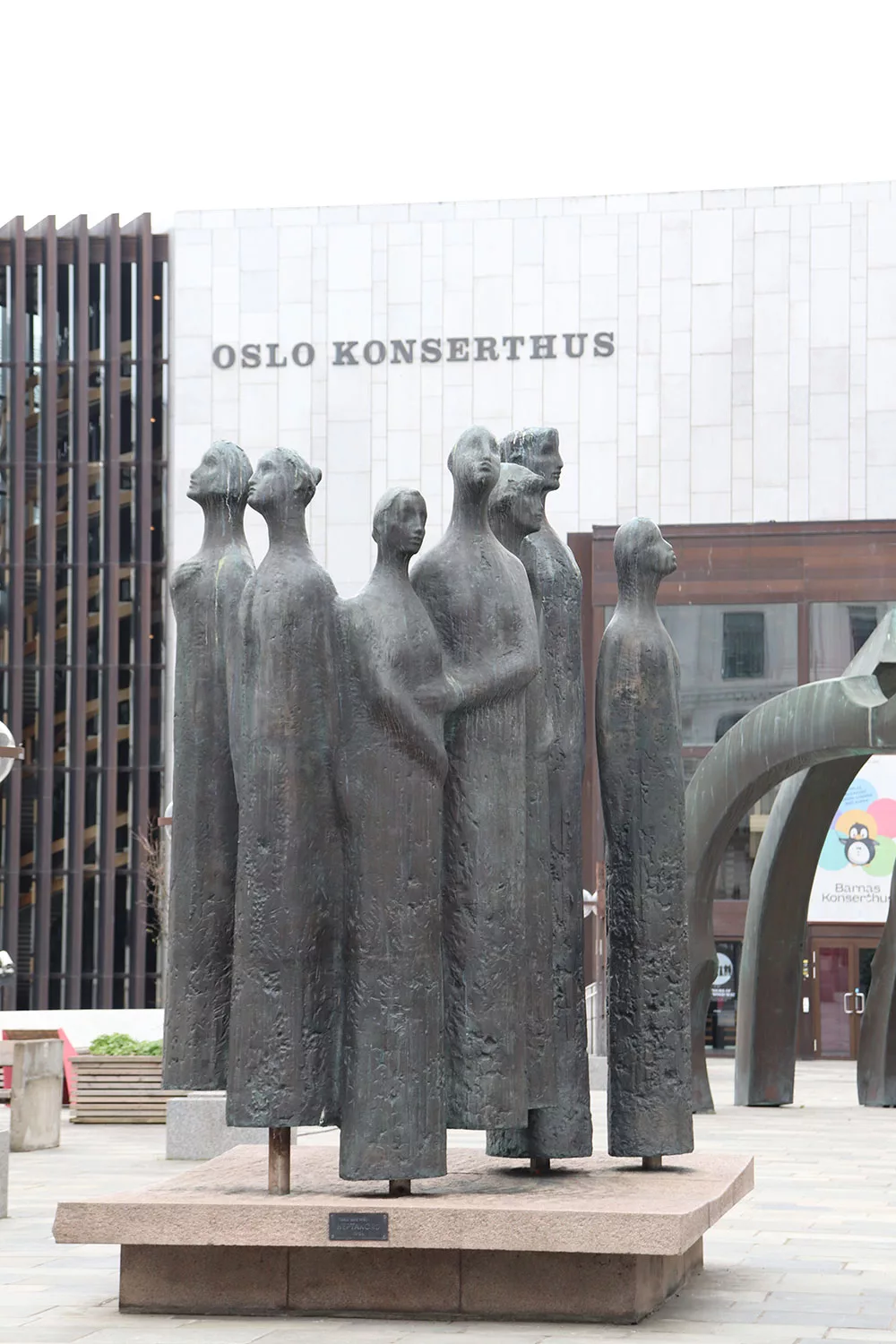
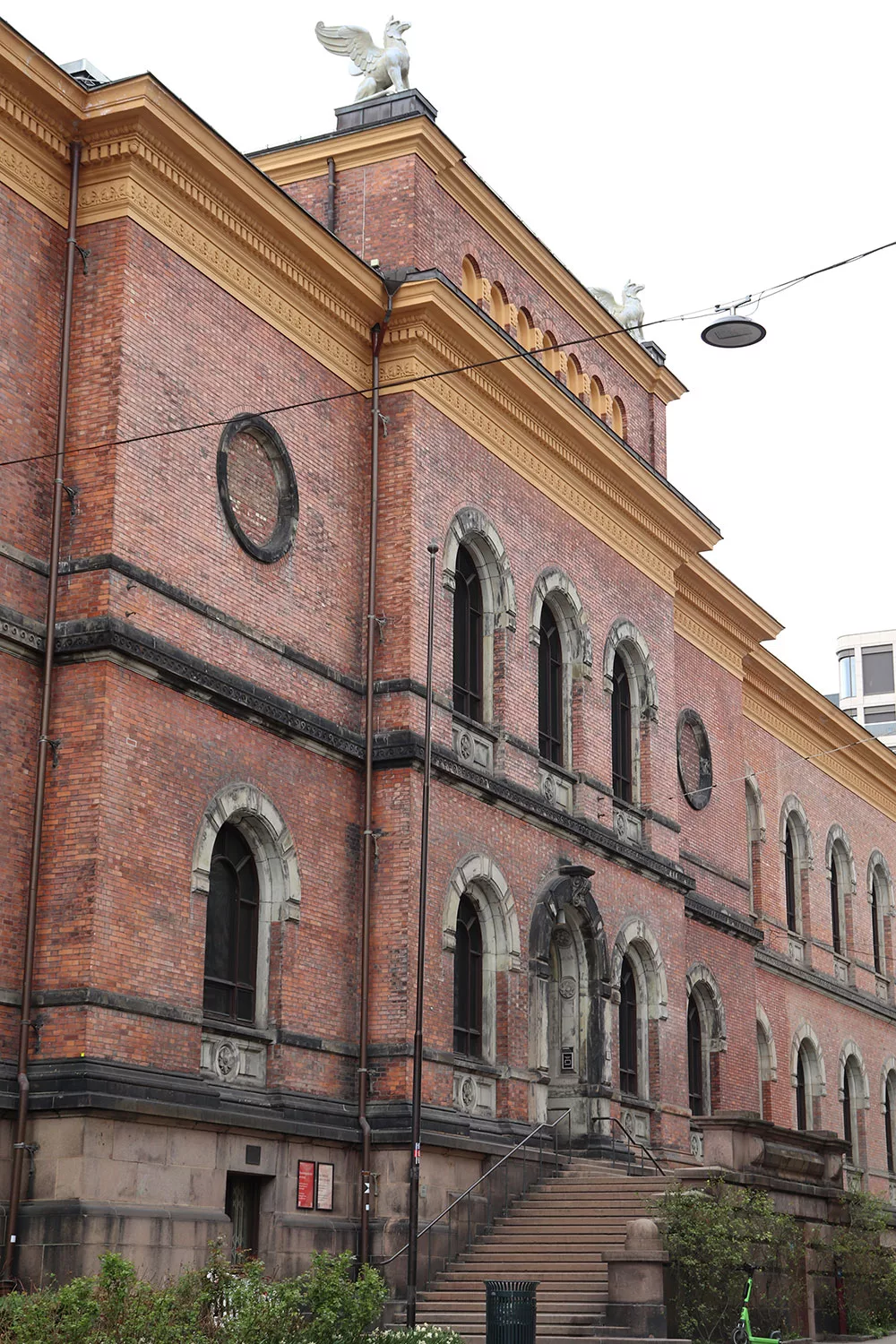
I really enjoyed my time in Oslo. It has world-class museums, tons of places to shop and eat, with colourful architecture to spare. It is not the most stunning city; if you come on a train or a cruise, you may only see a small bit. It is the personality and the parts outside the city center that, in my opinion, were the best.
Have you ever been to Oslo? What did you think?
Book an Organised Tour
Book Your Stay
About the Author
My name's Lilly and I'm a Baltimore-based travel blogger with a focus on art and history. I work full time and manage to get in several trips a year. Learn more about me.Tags: europe, norway, oslo












